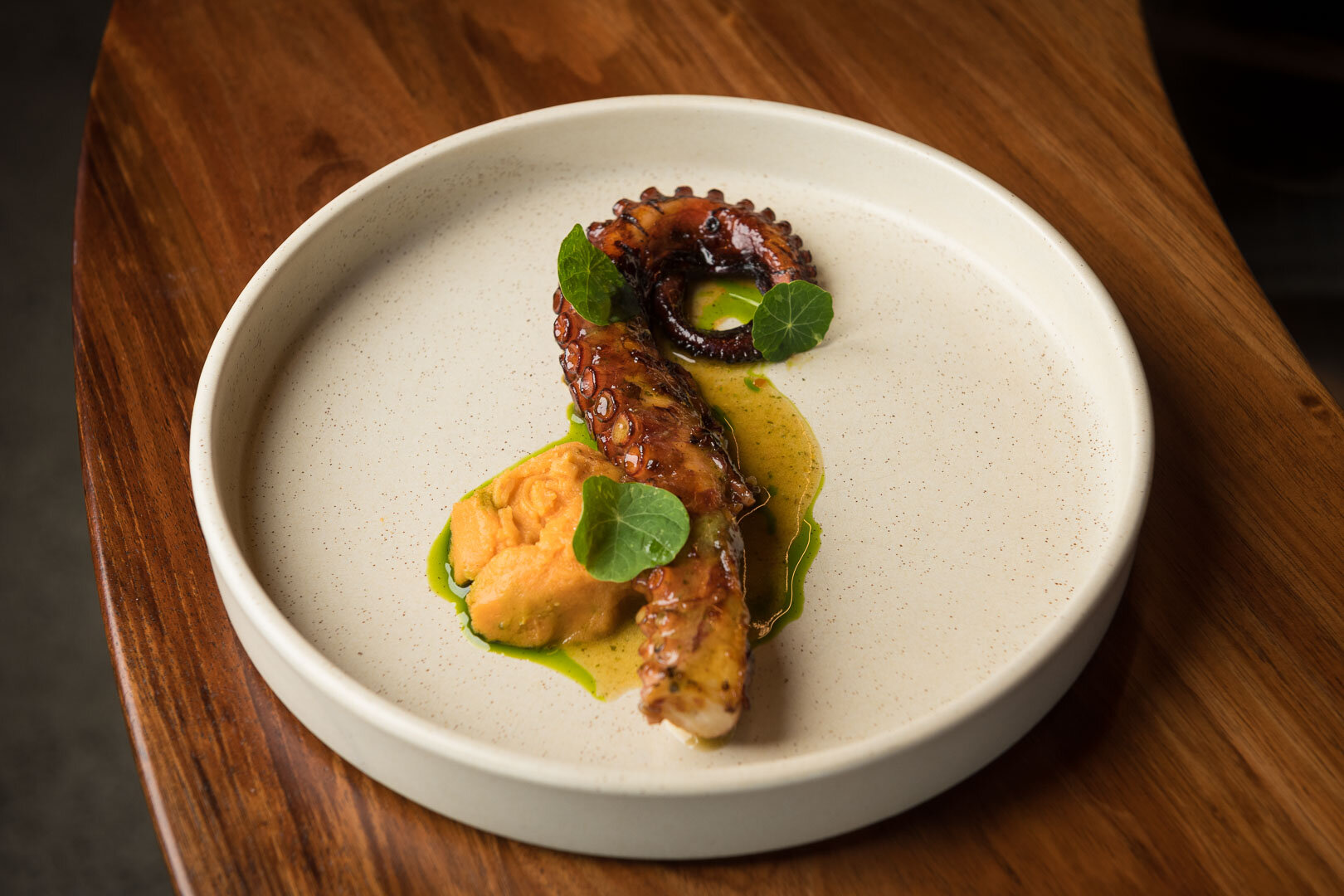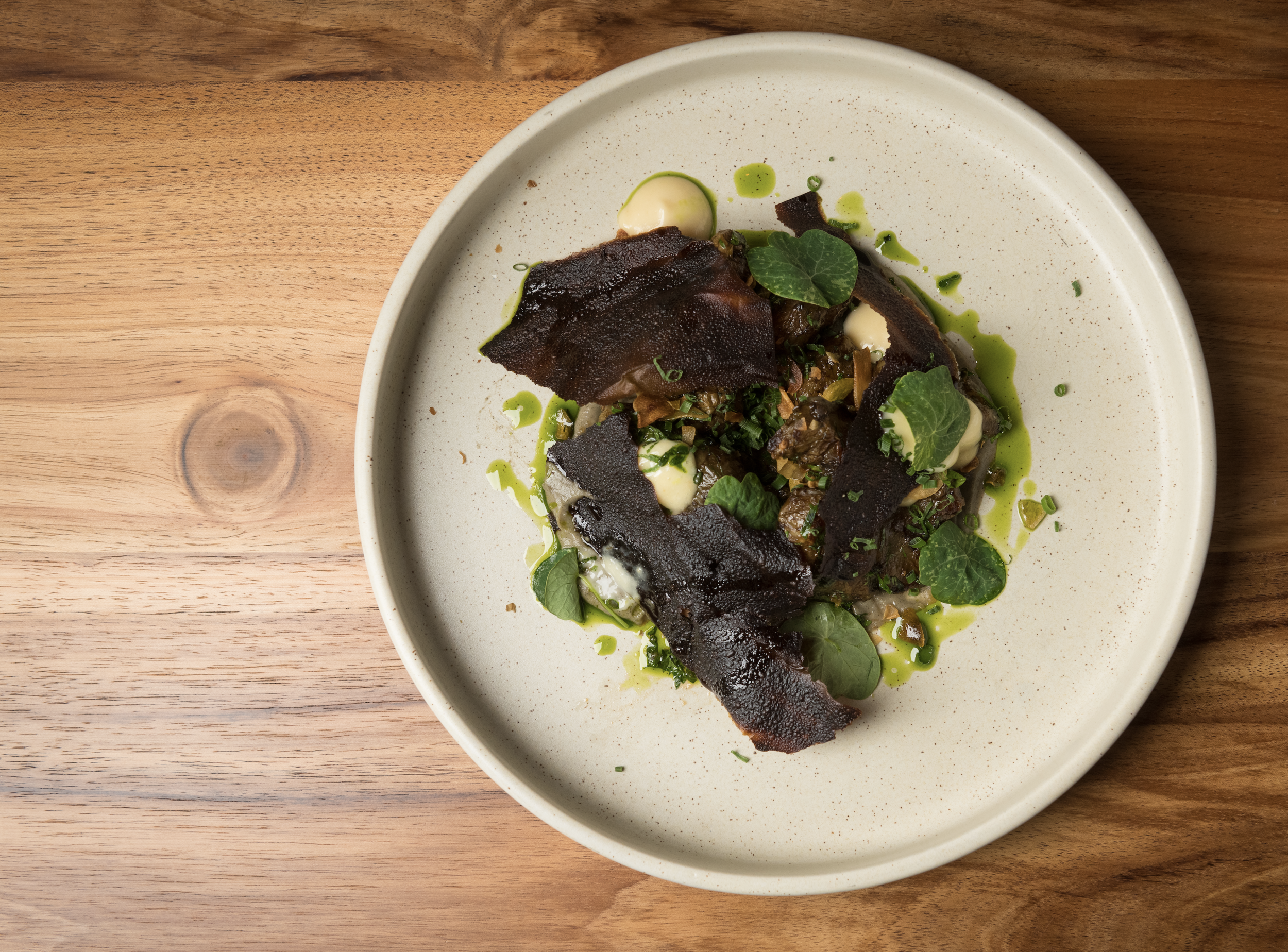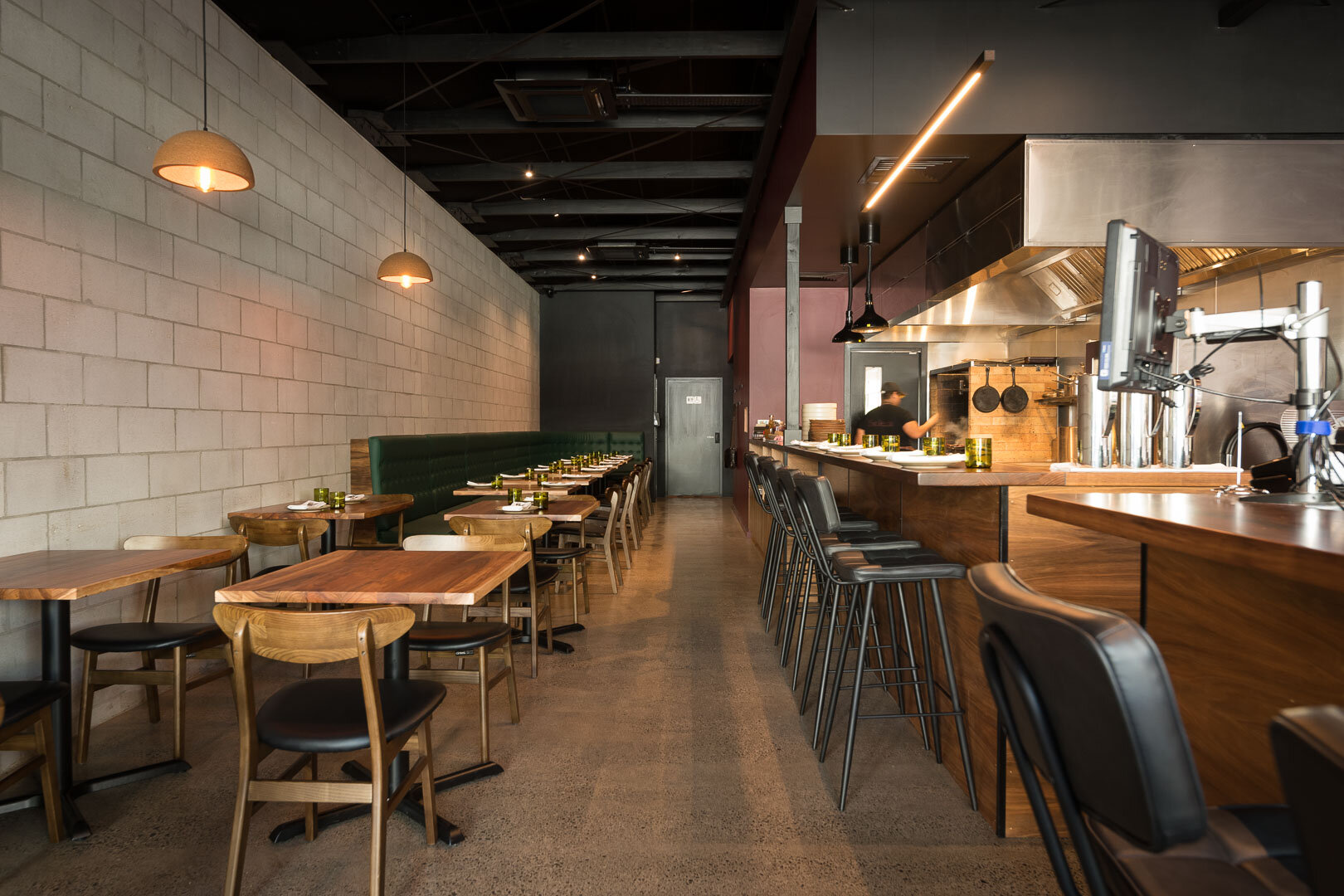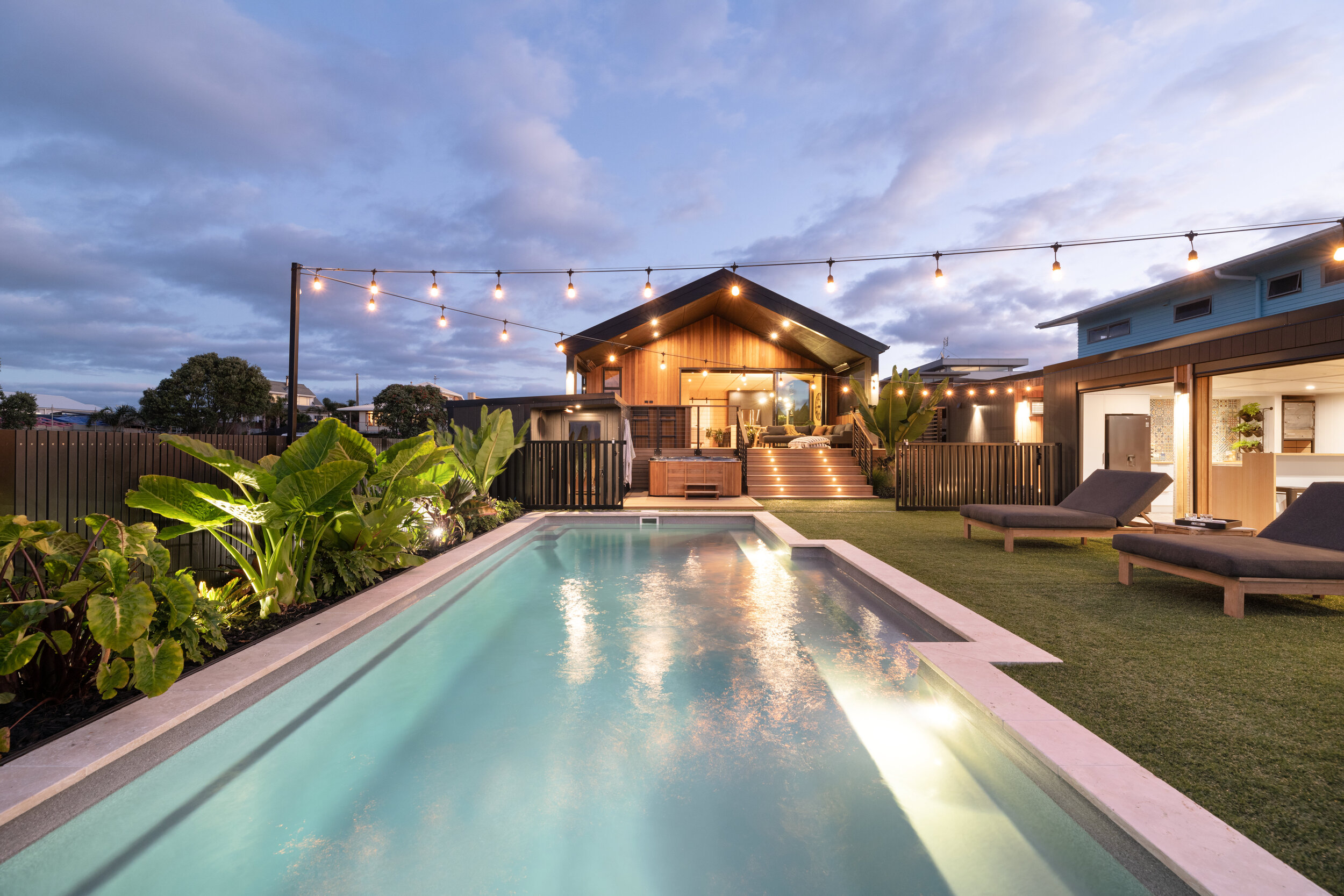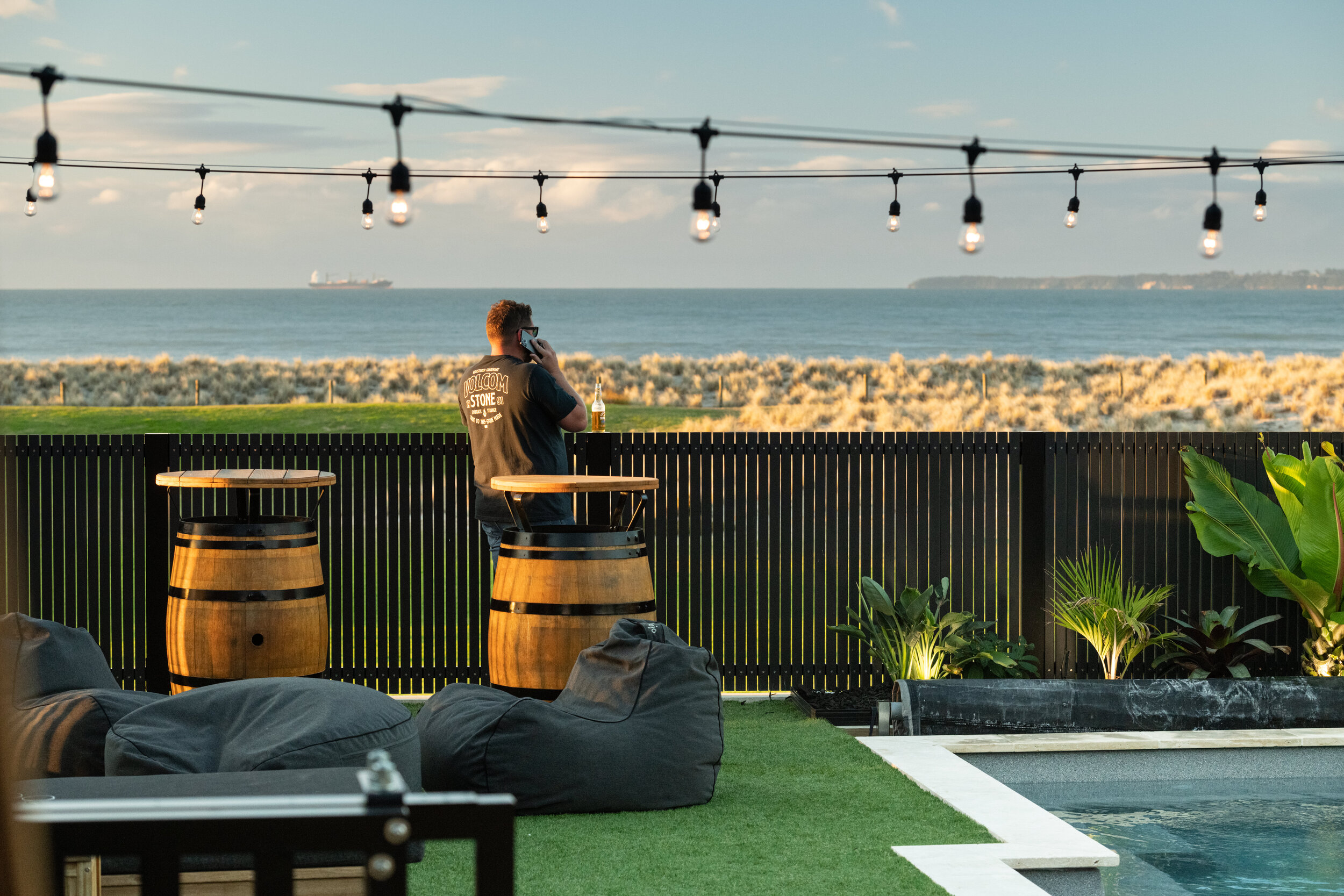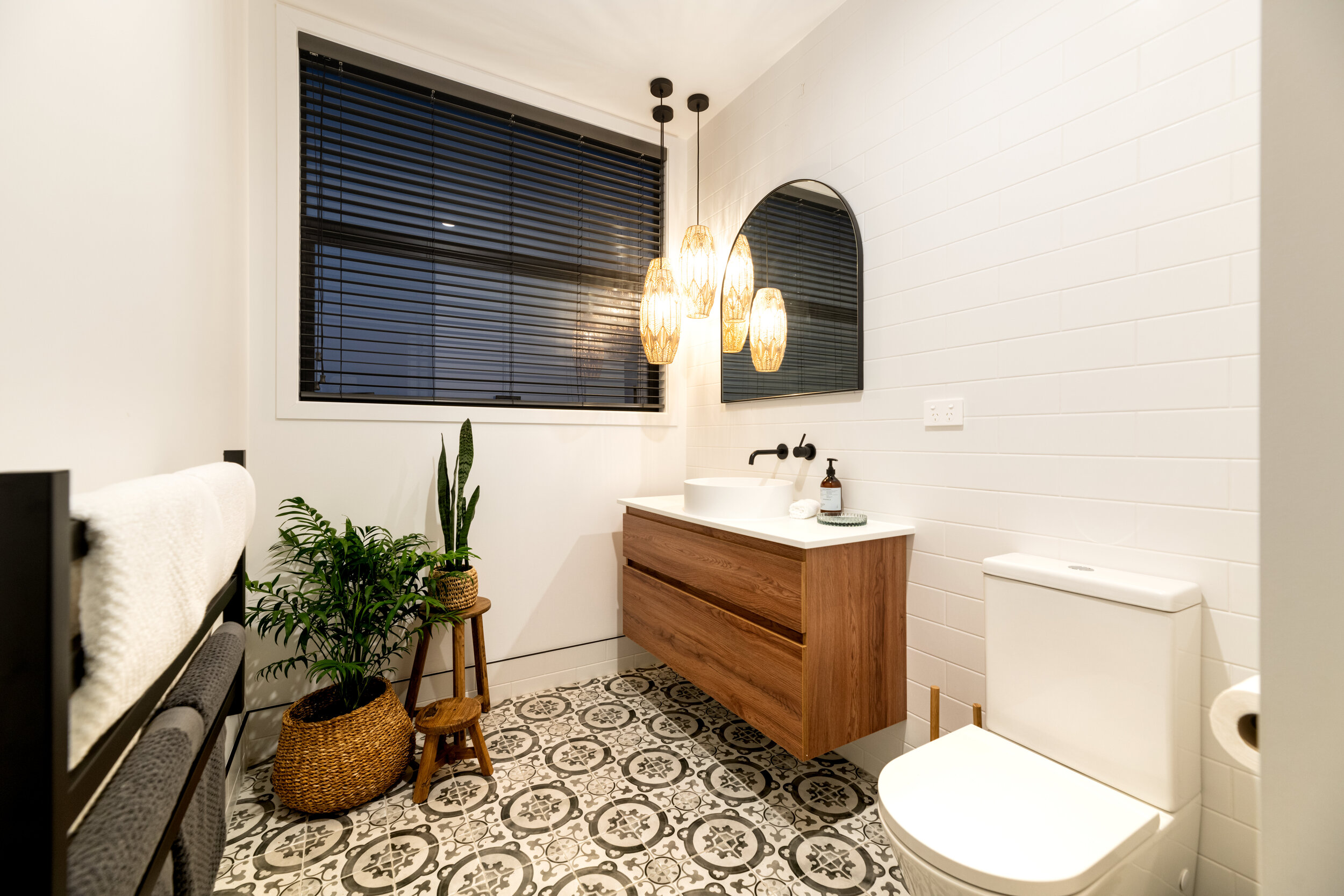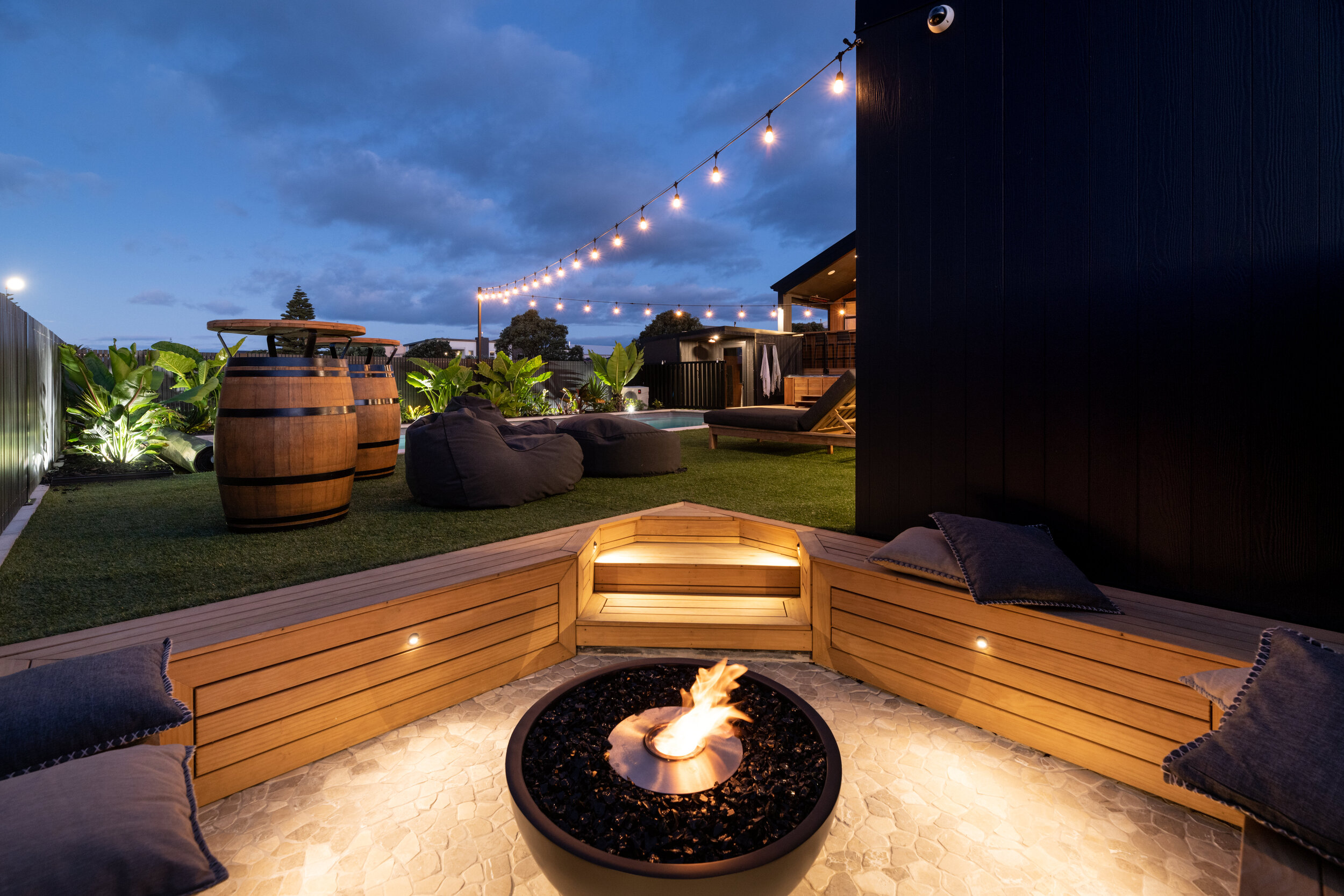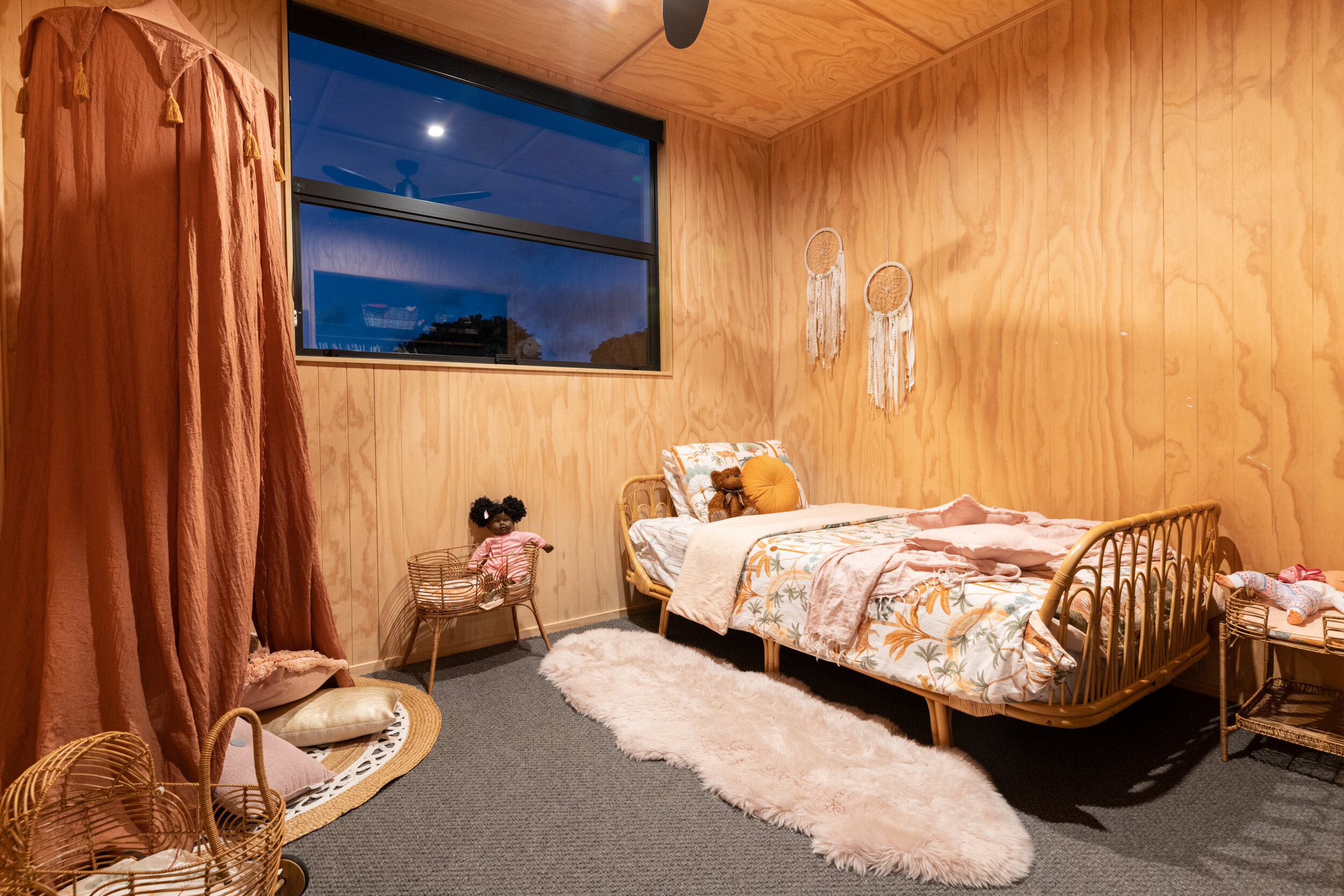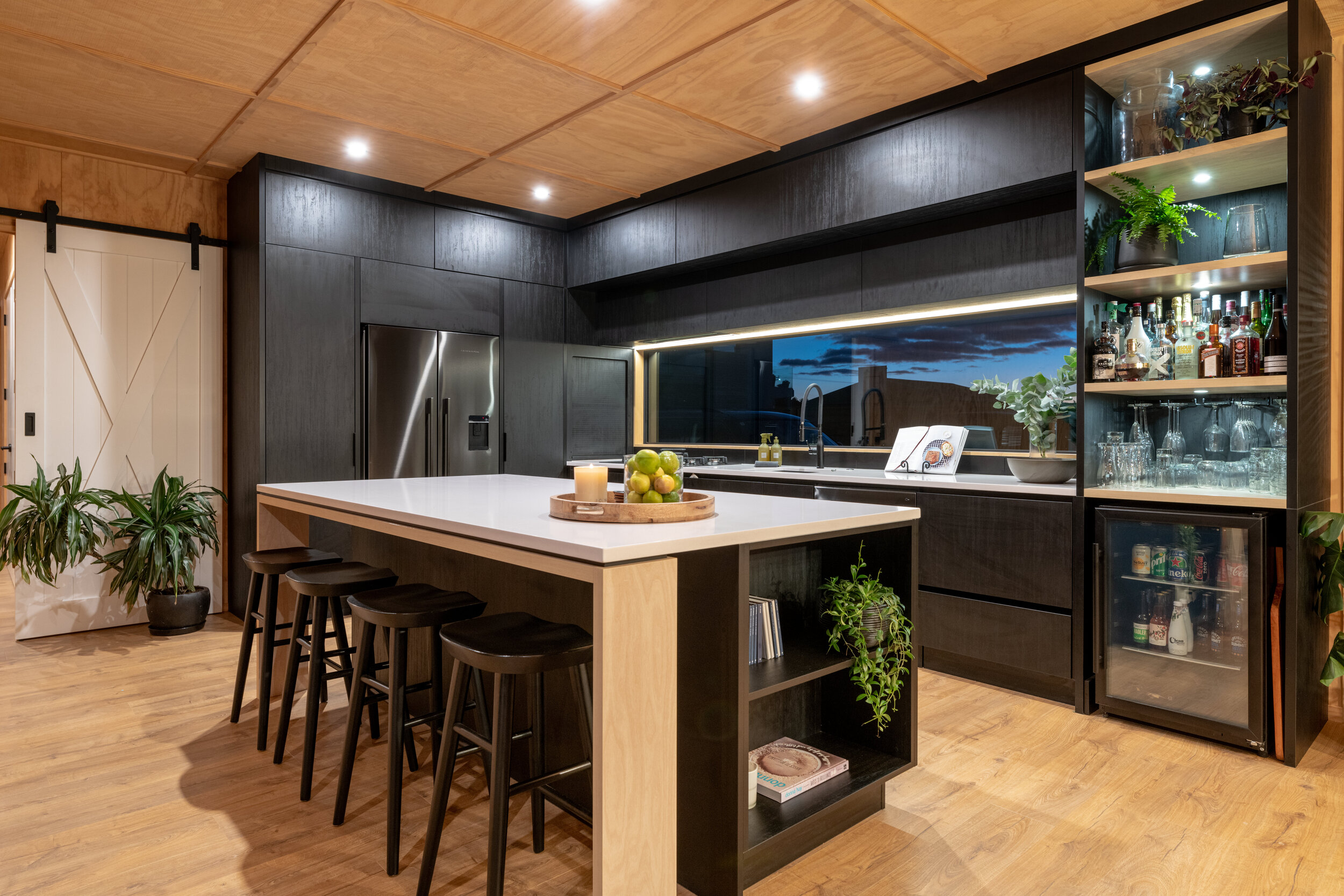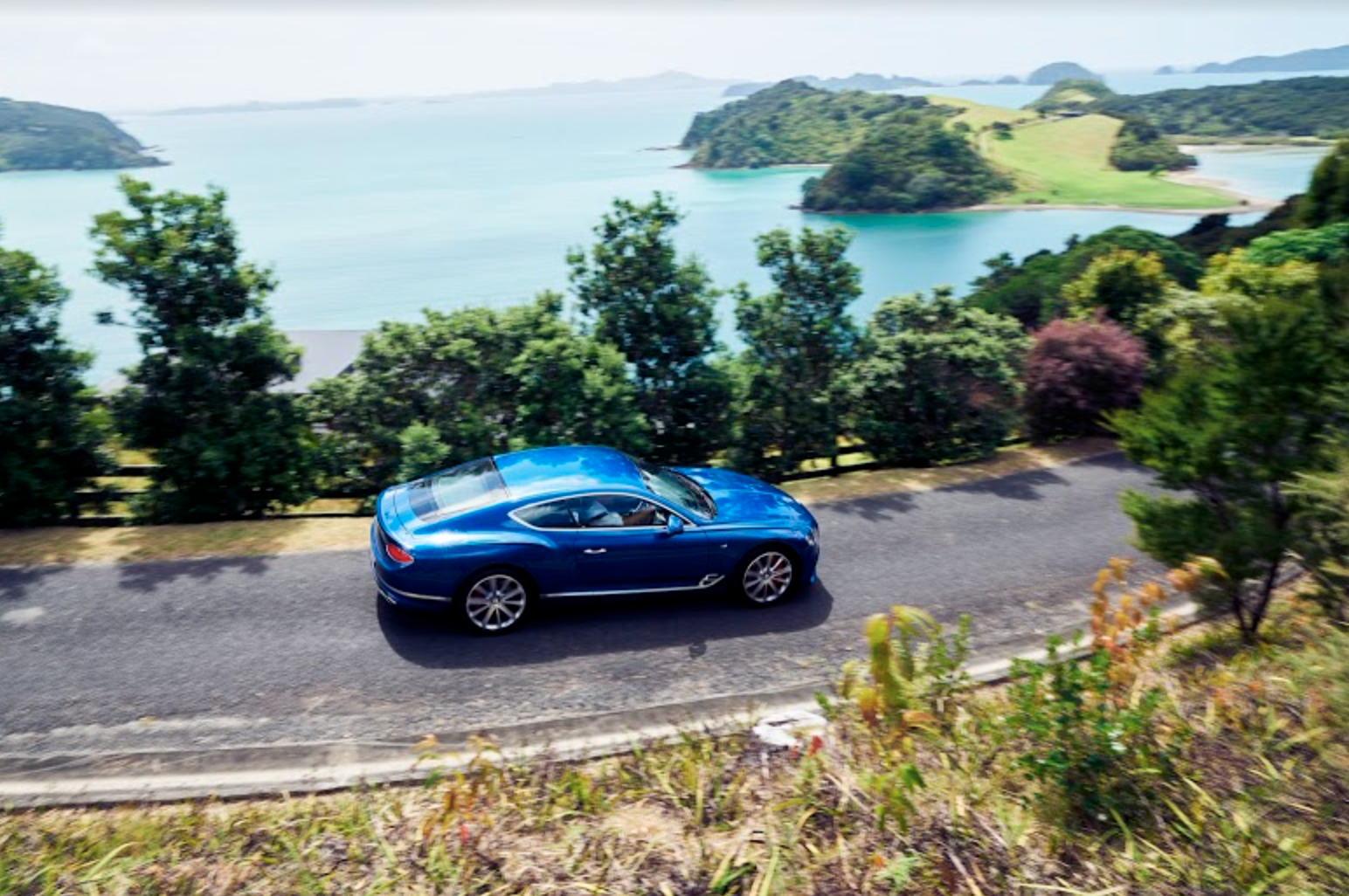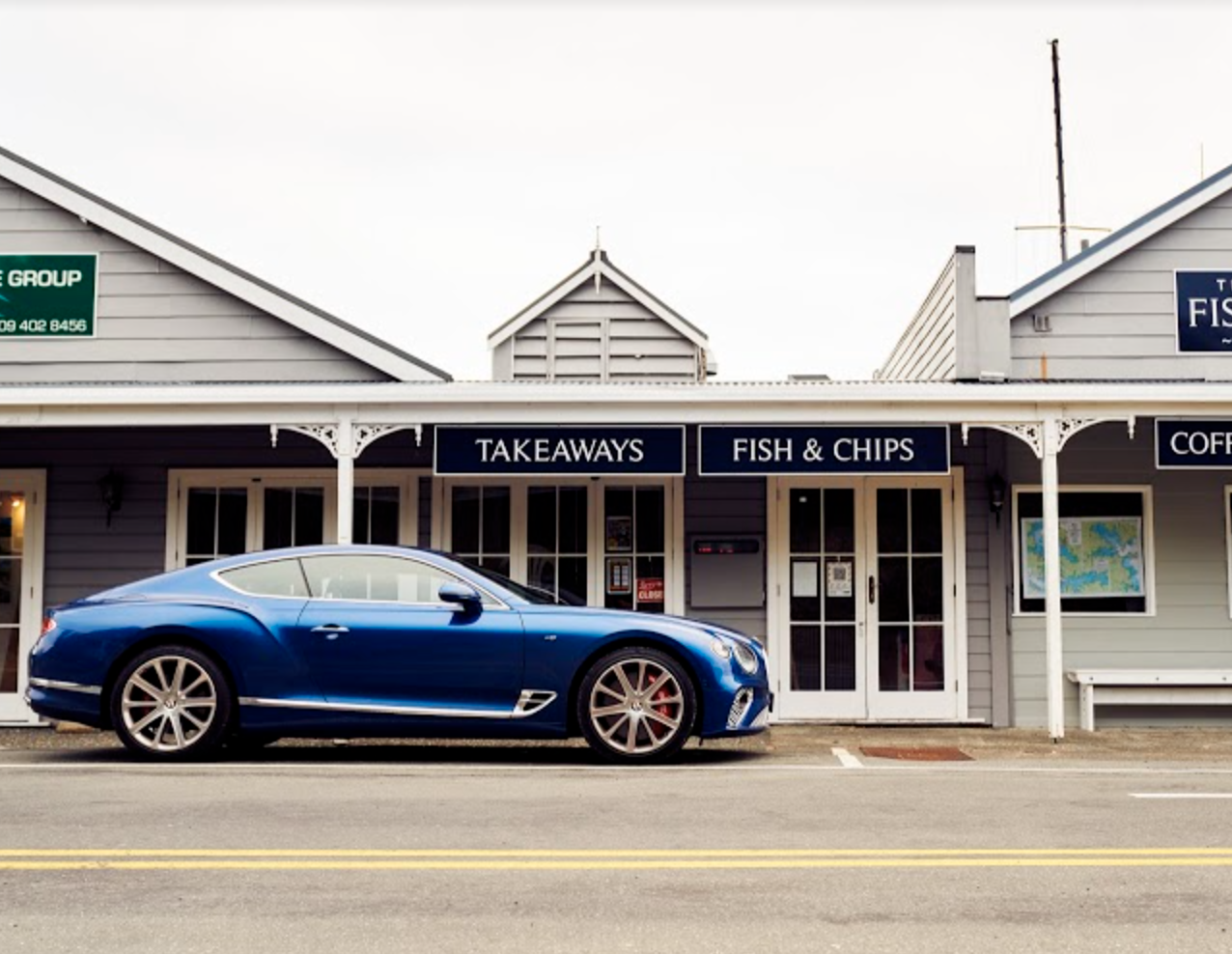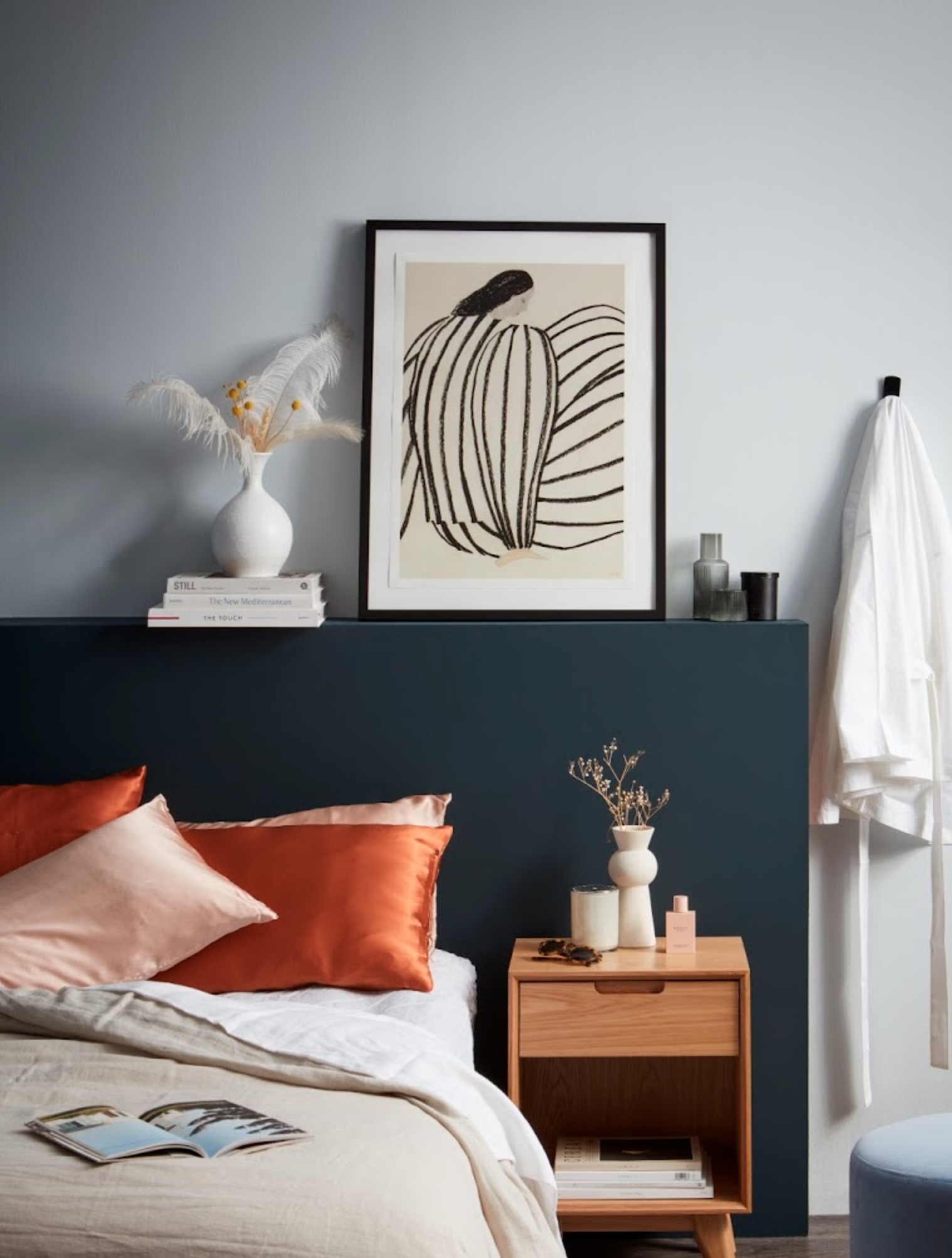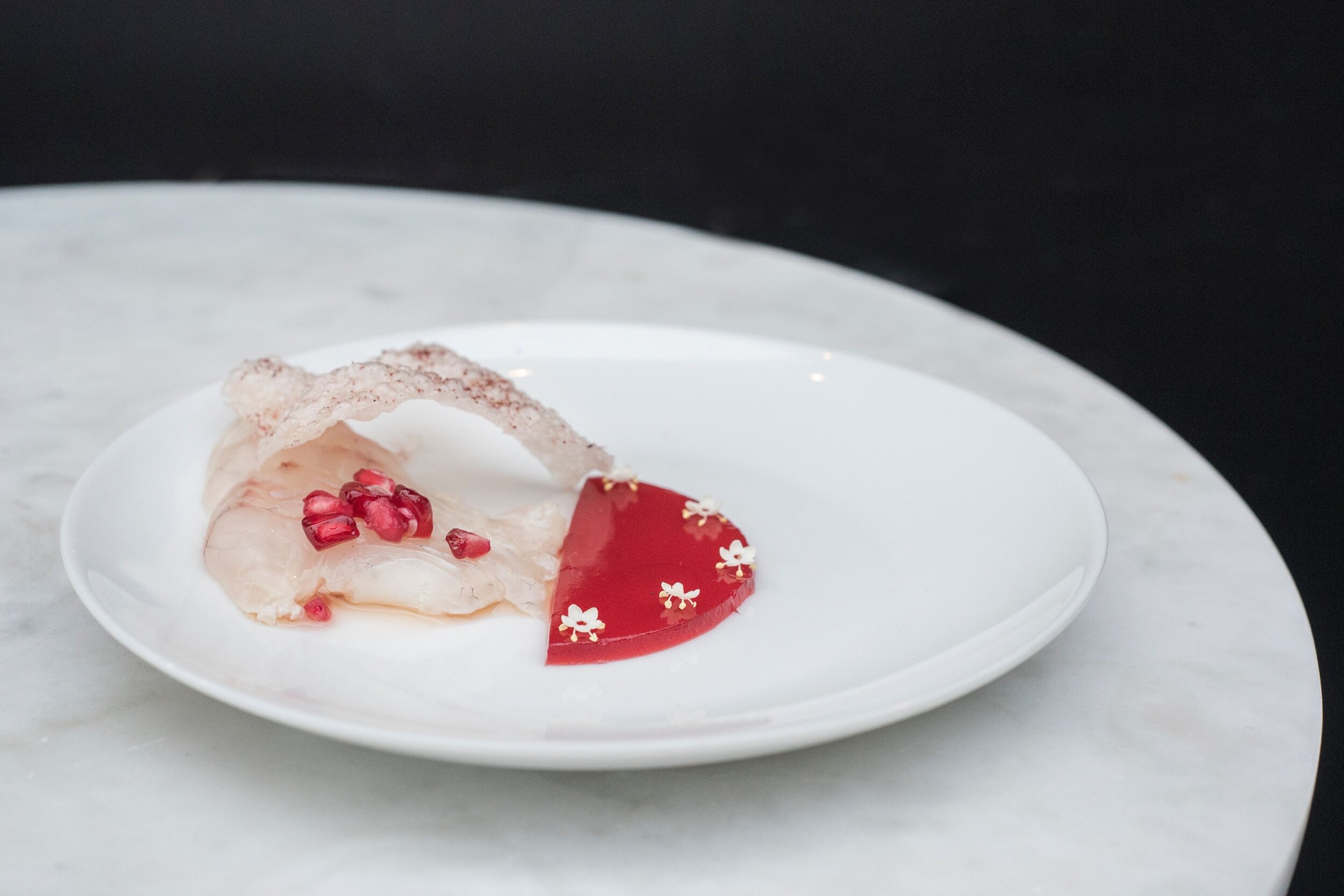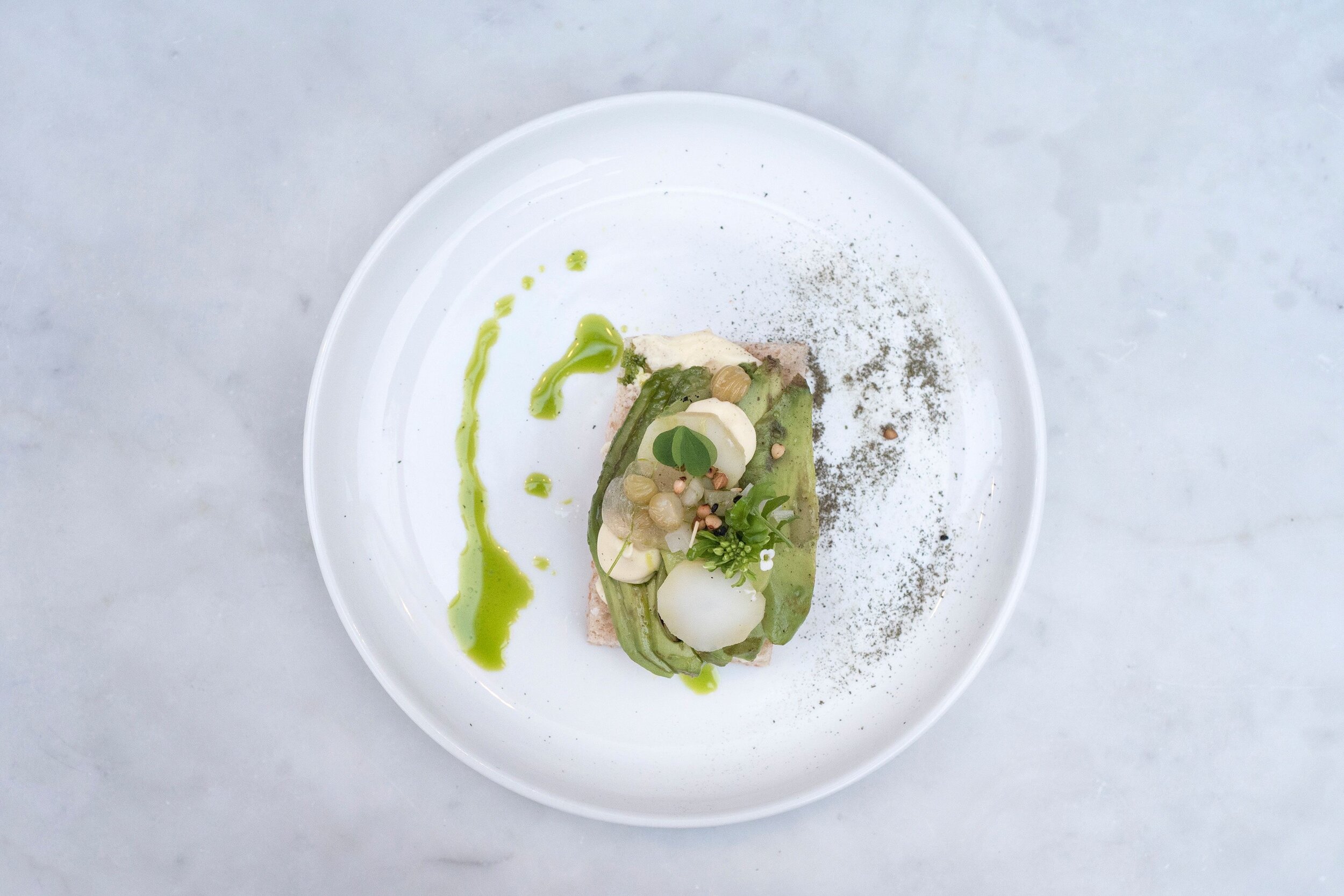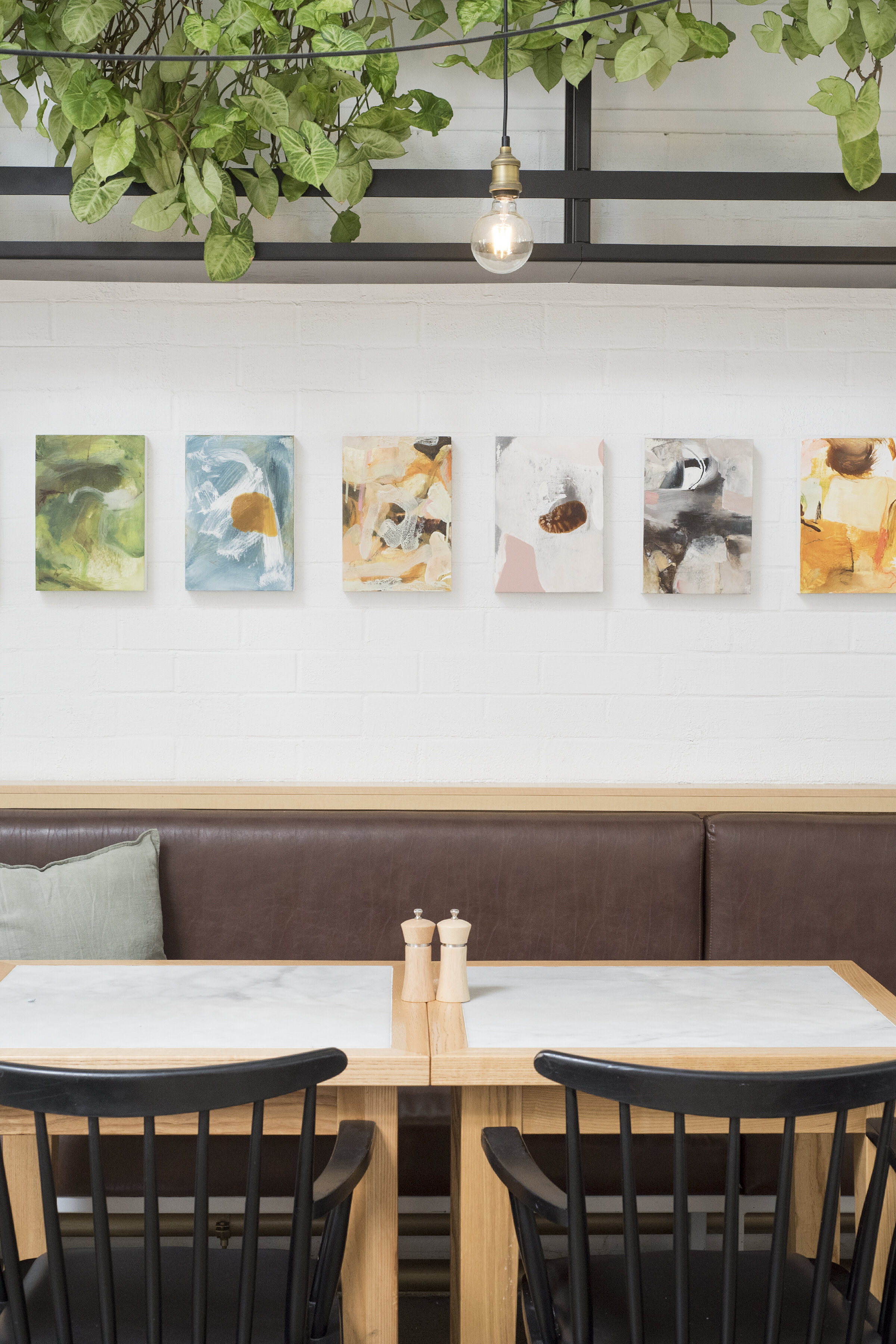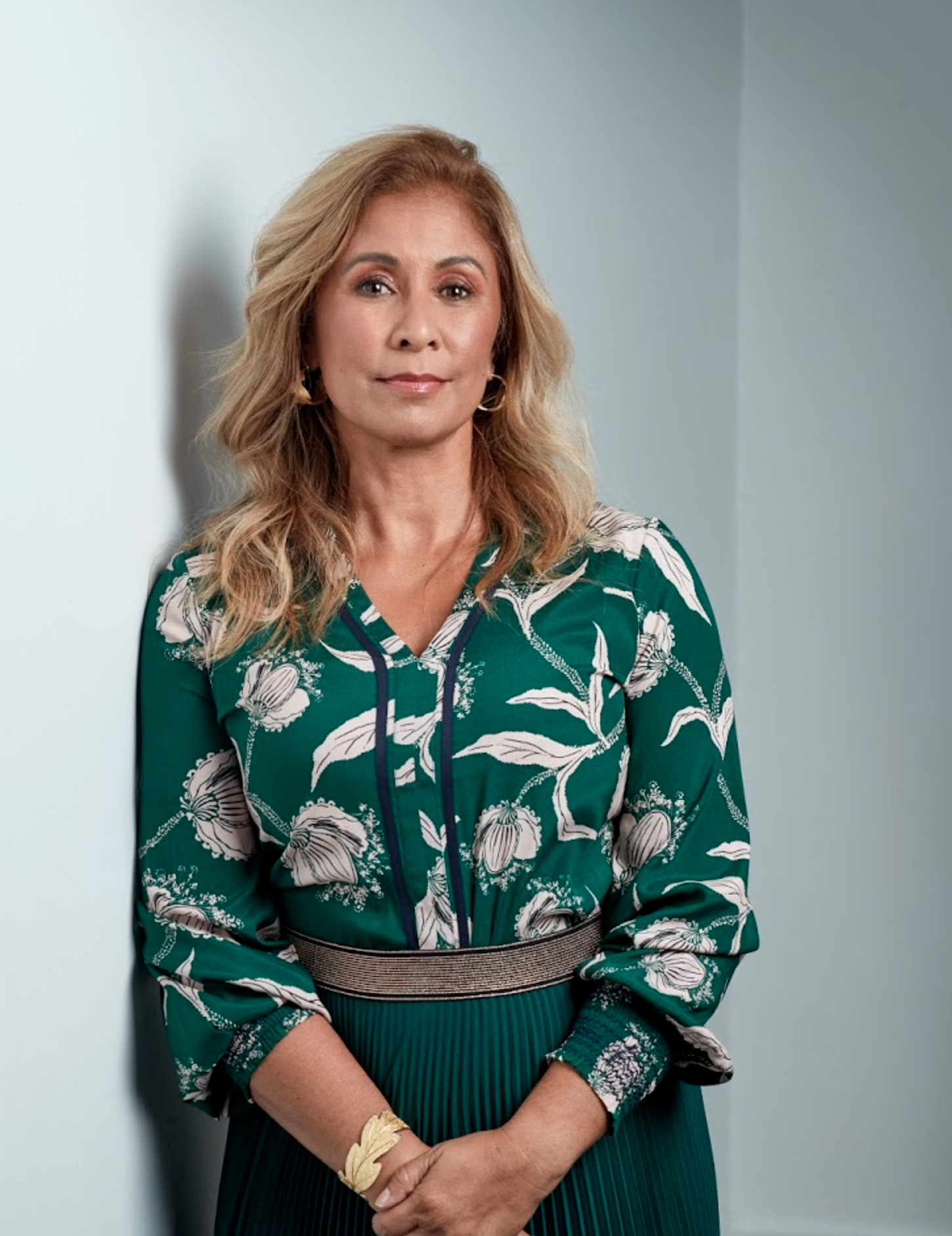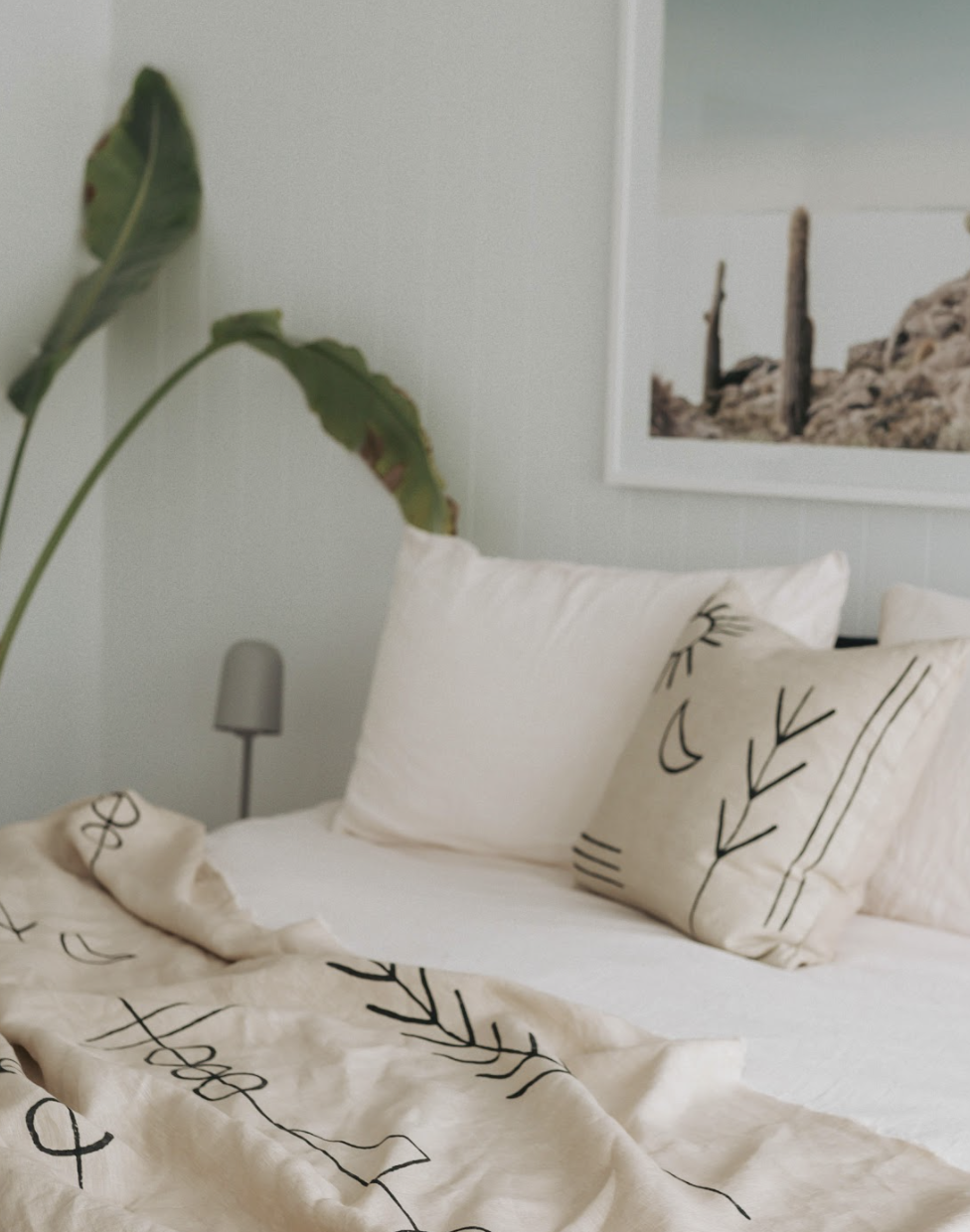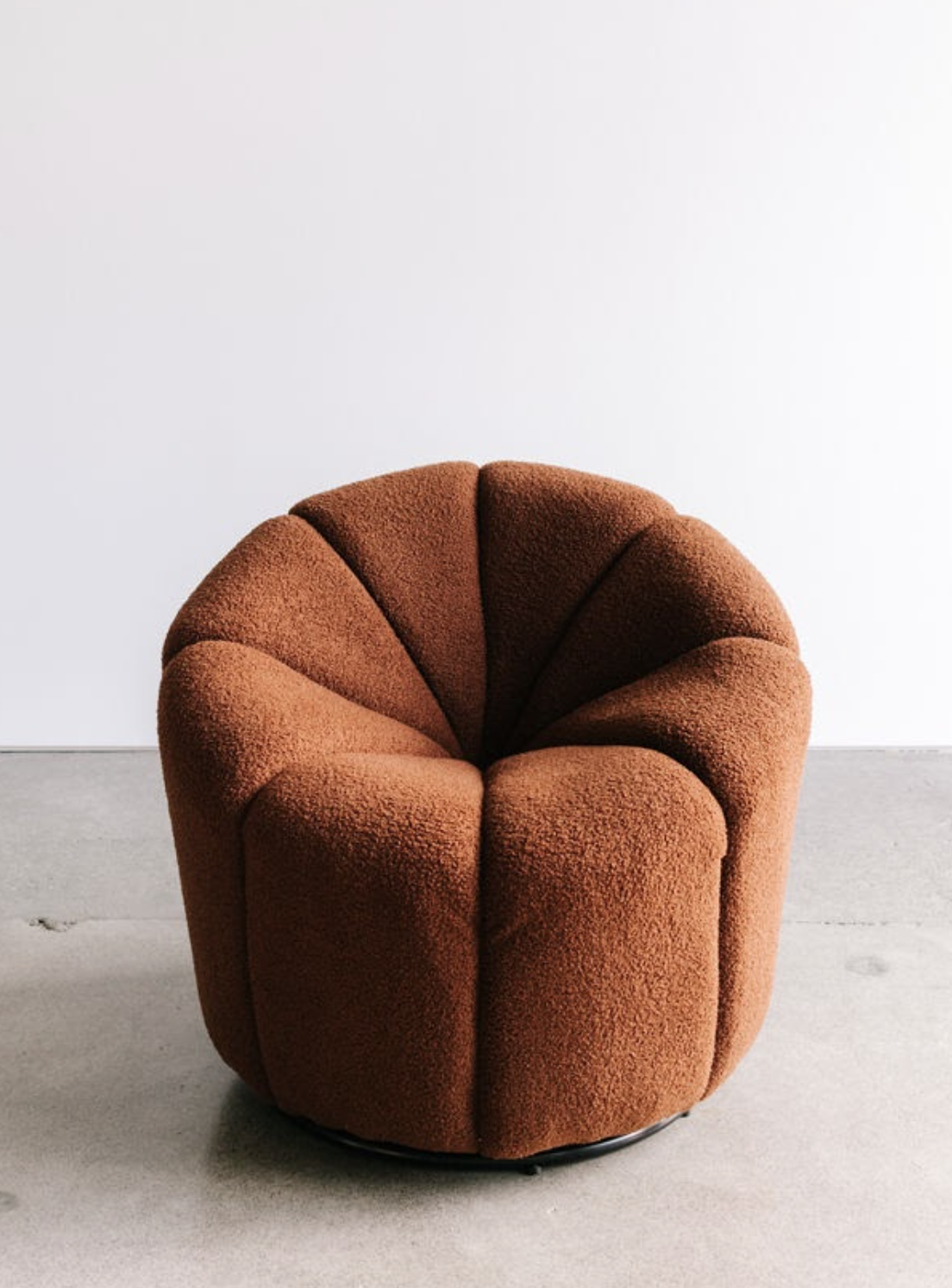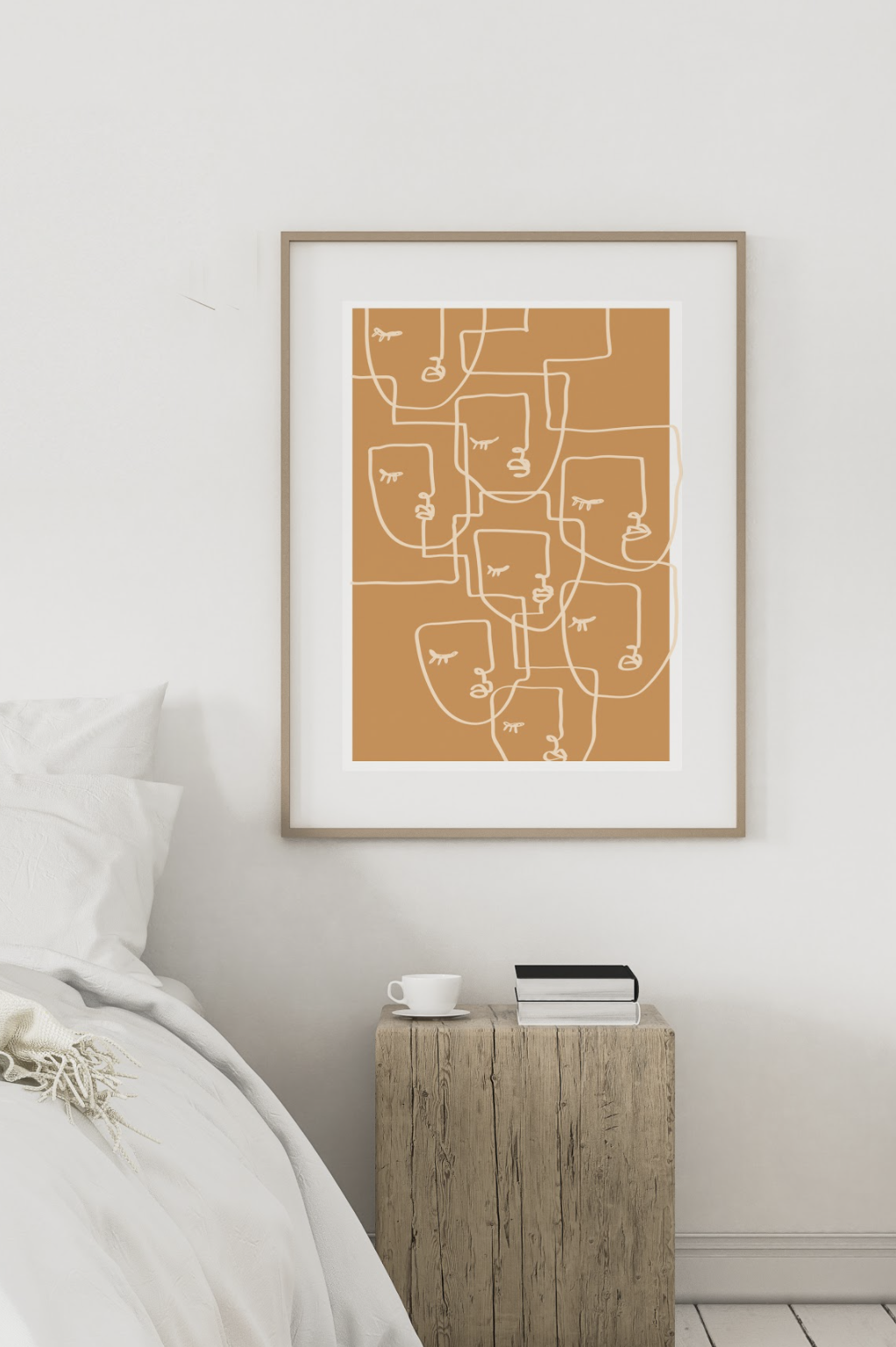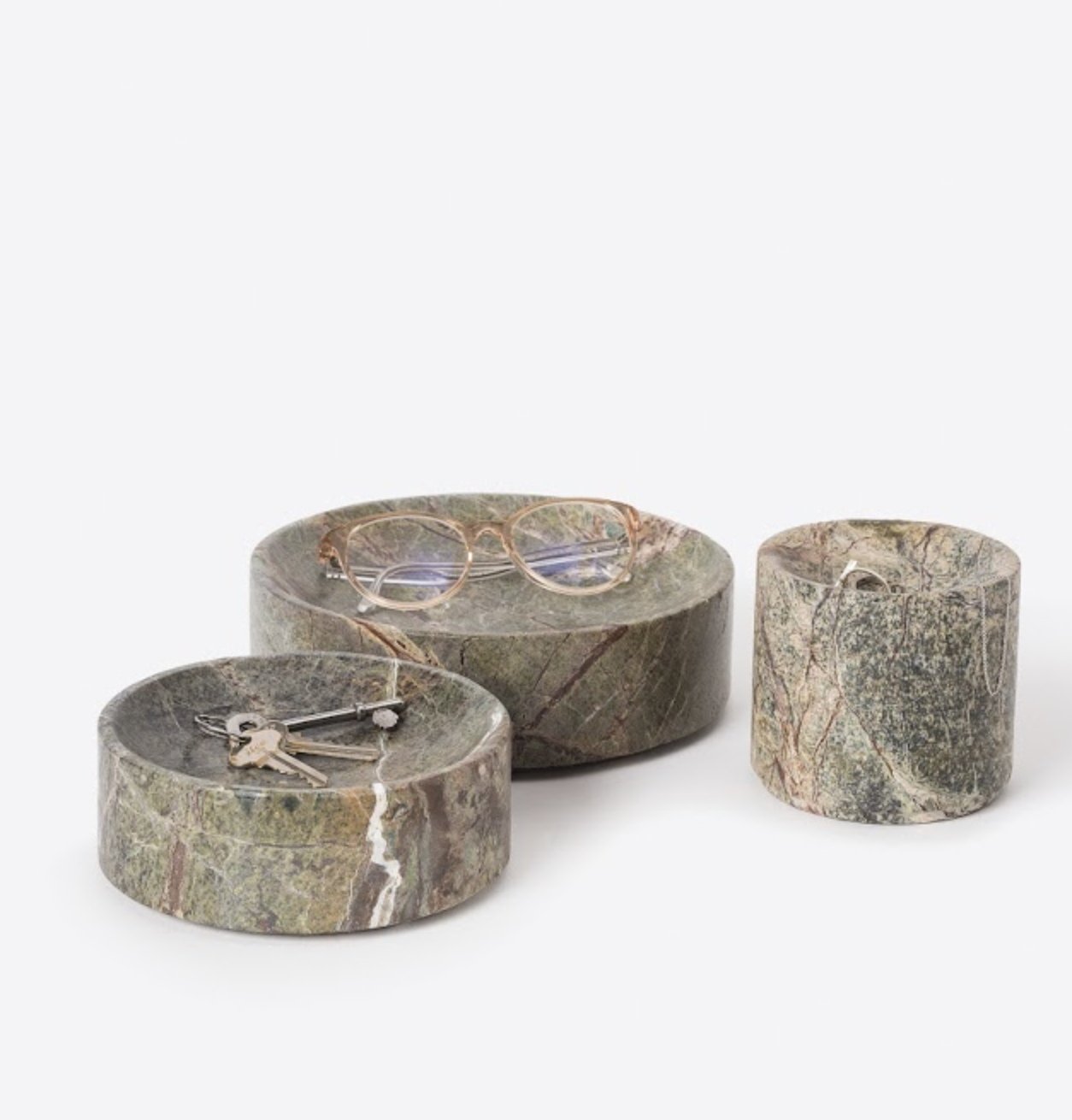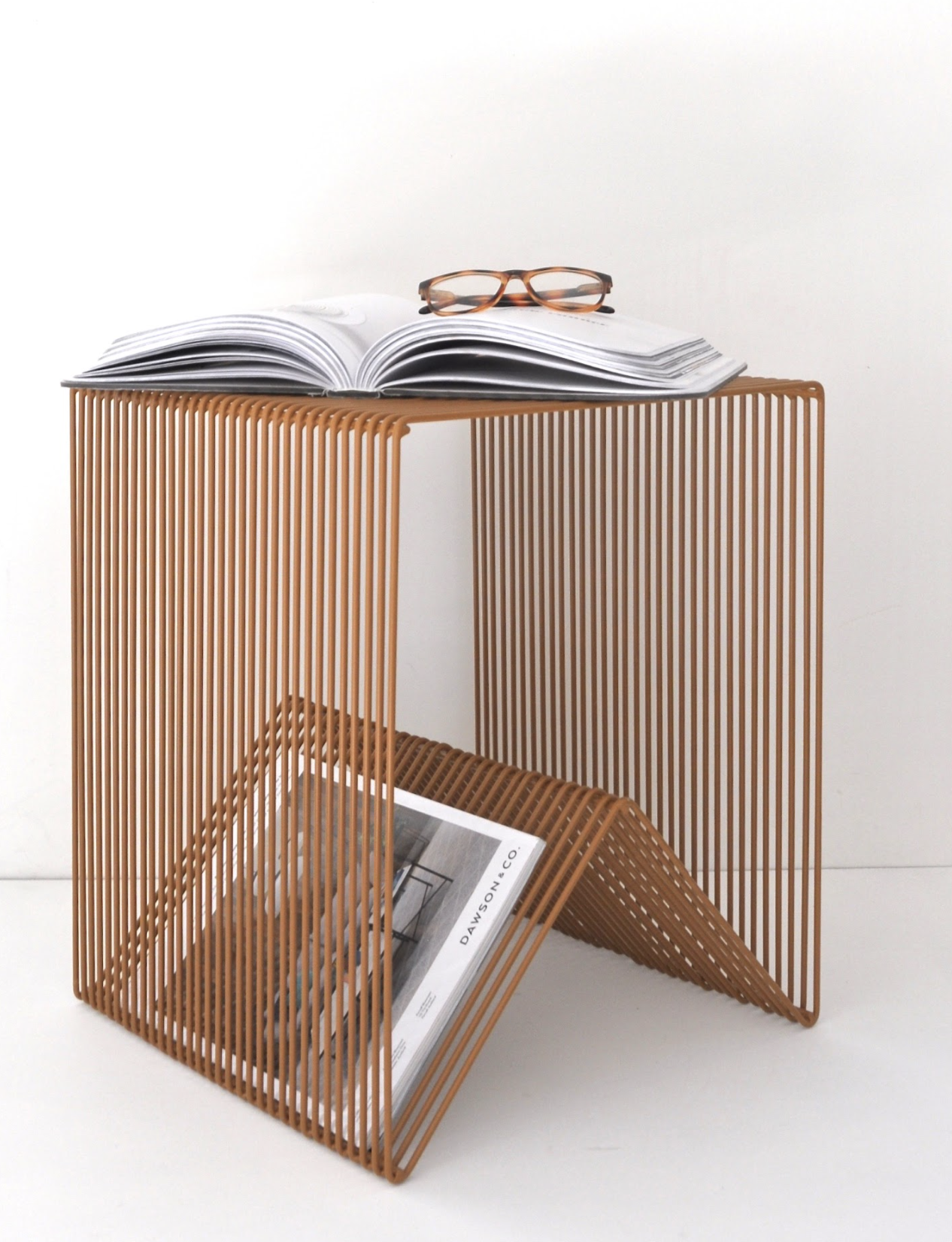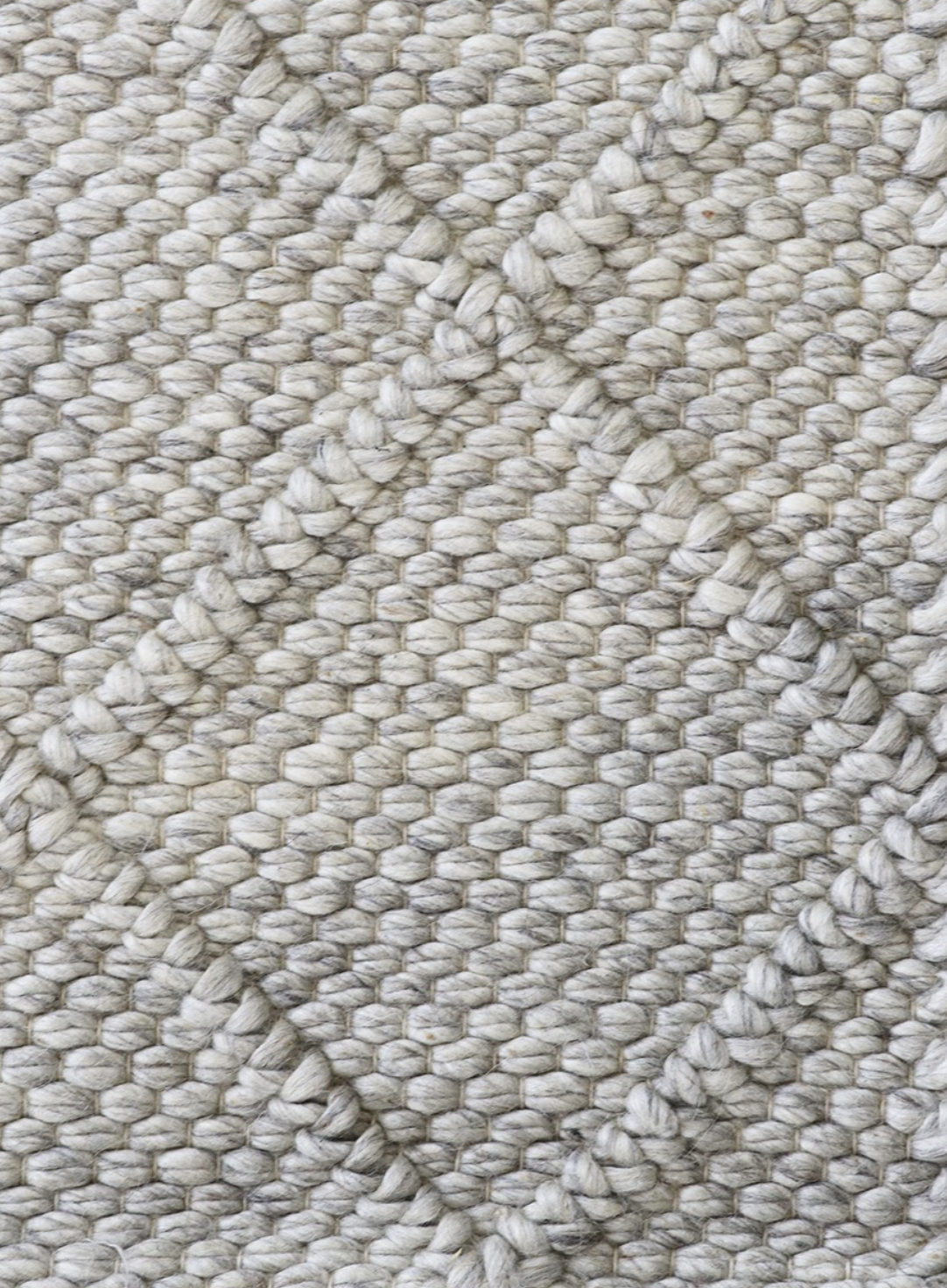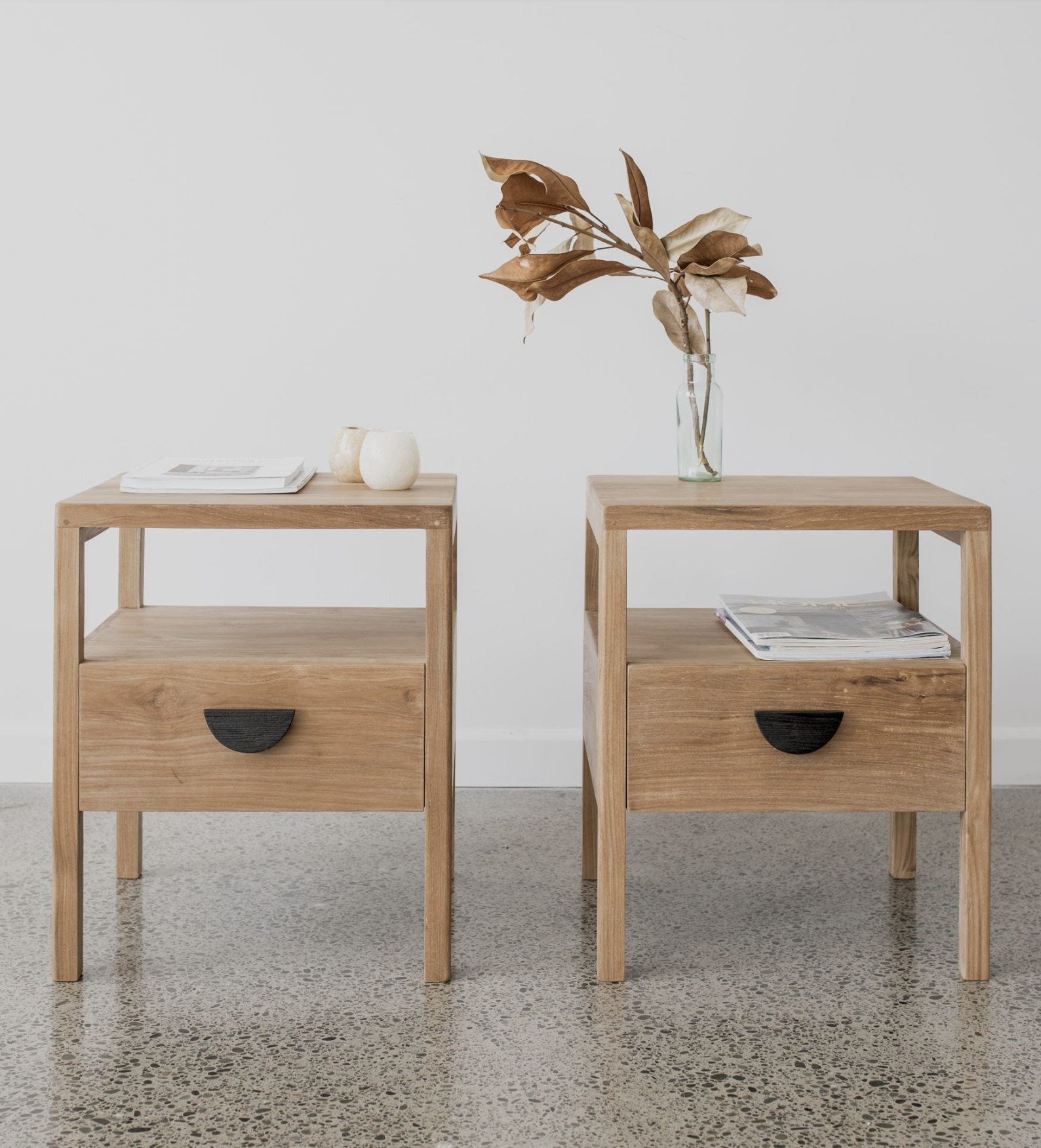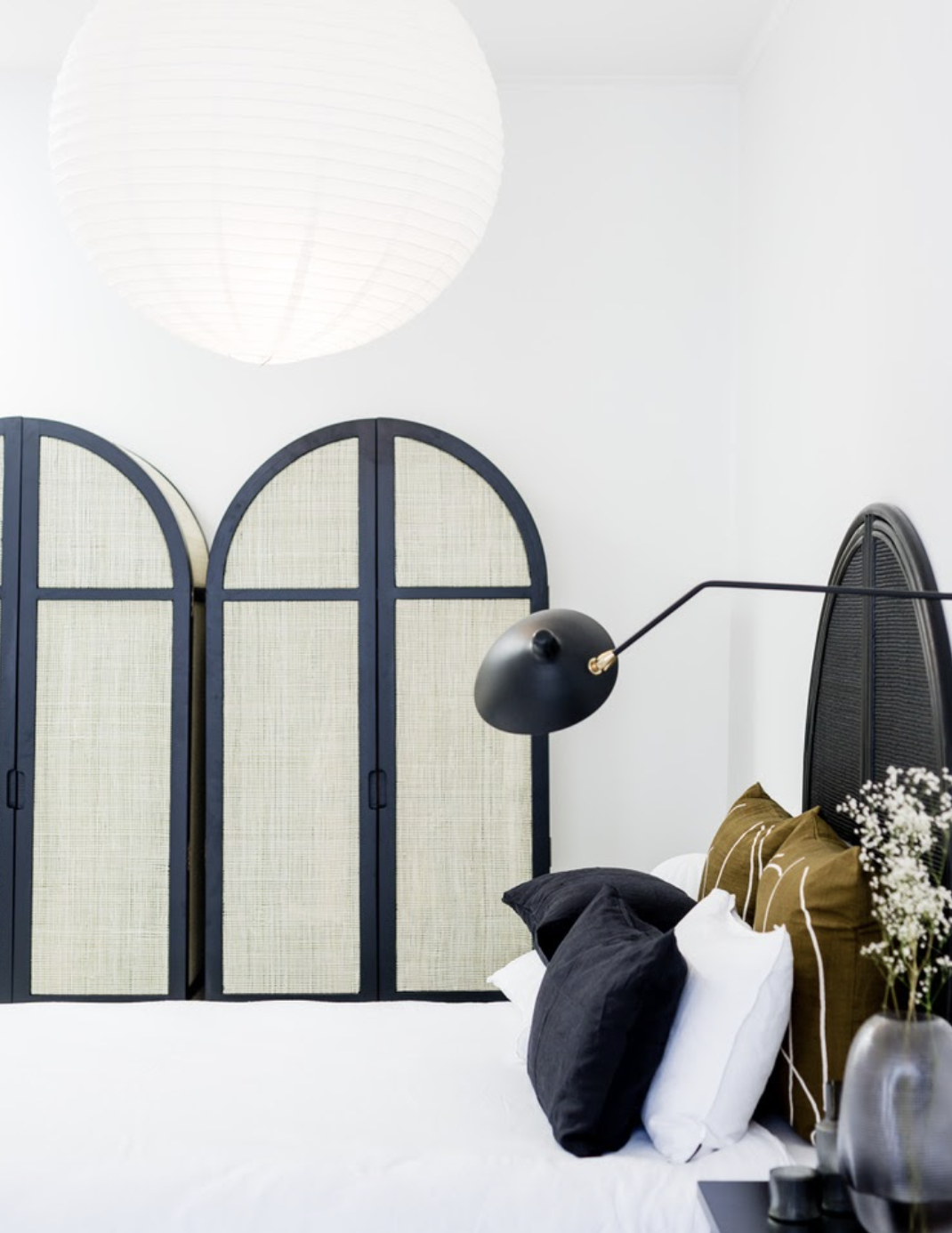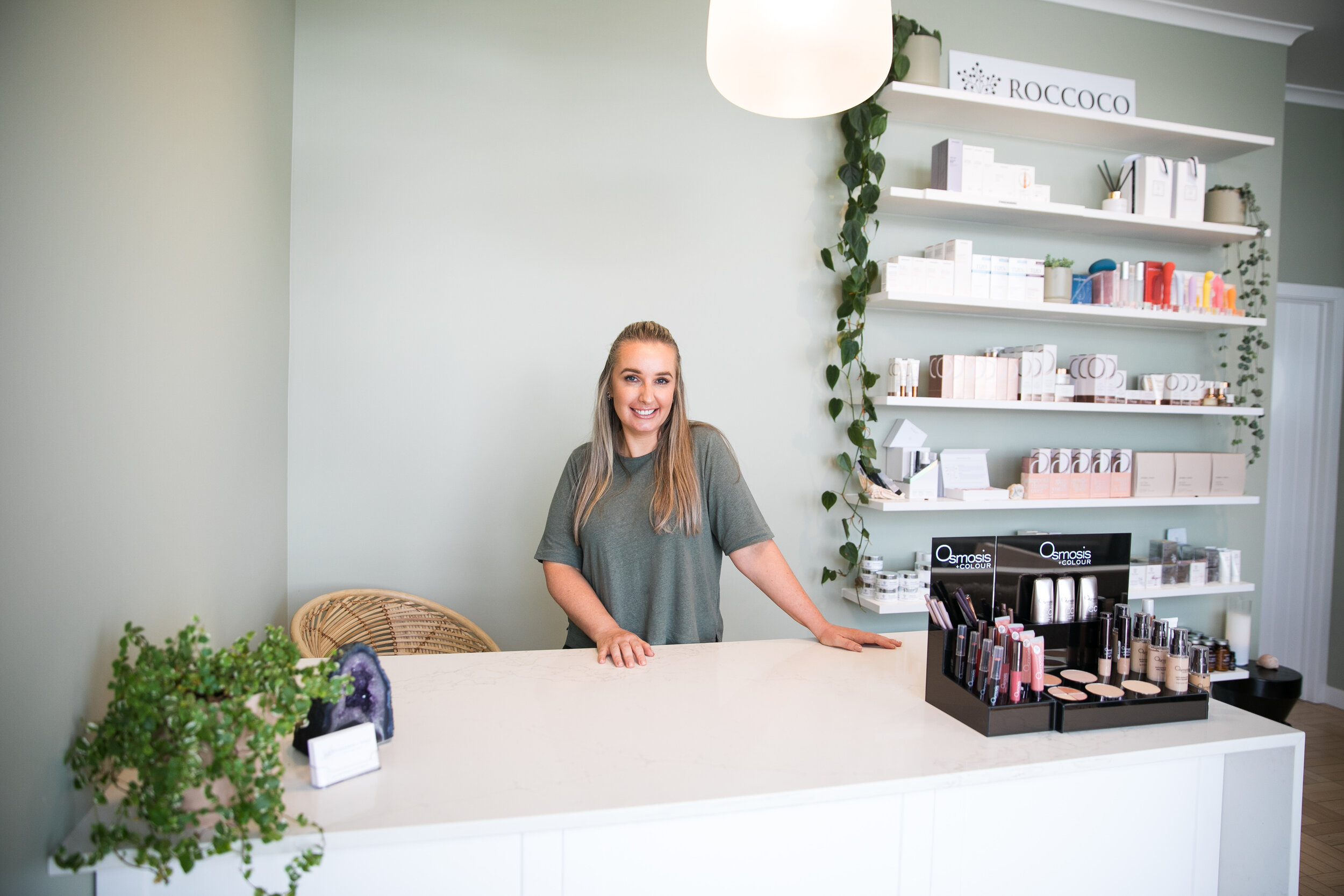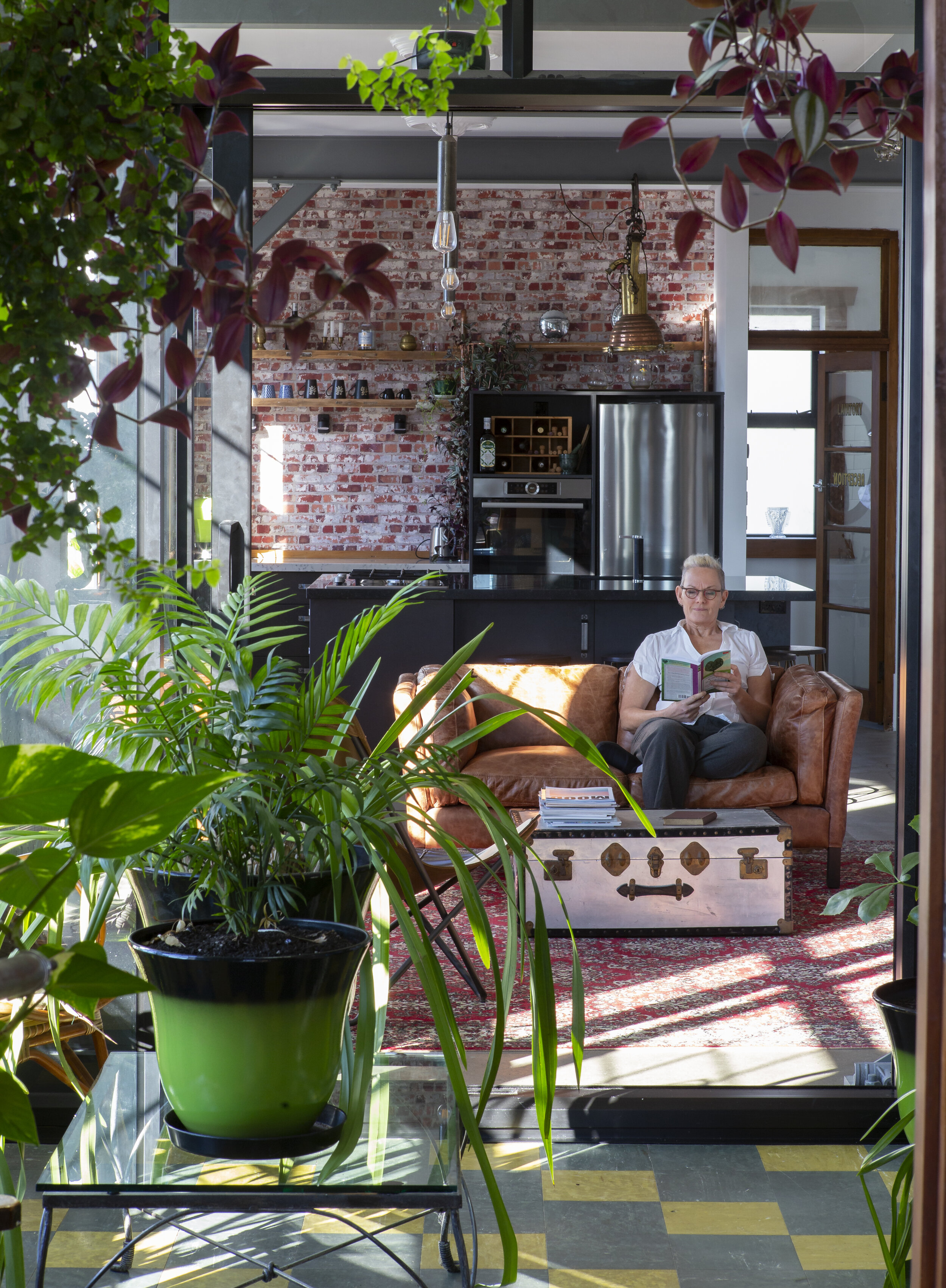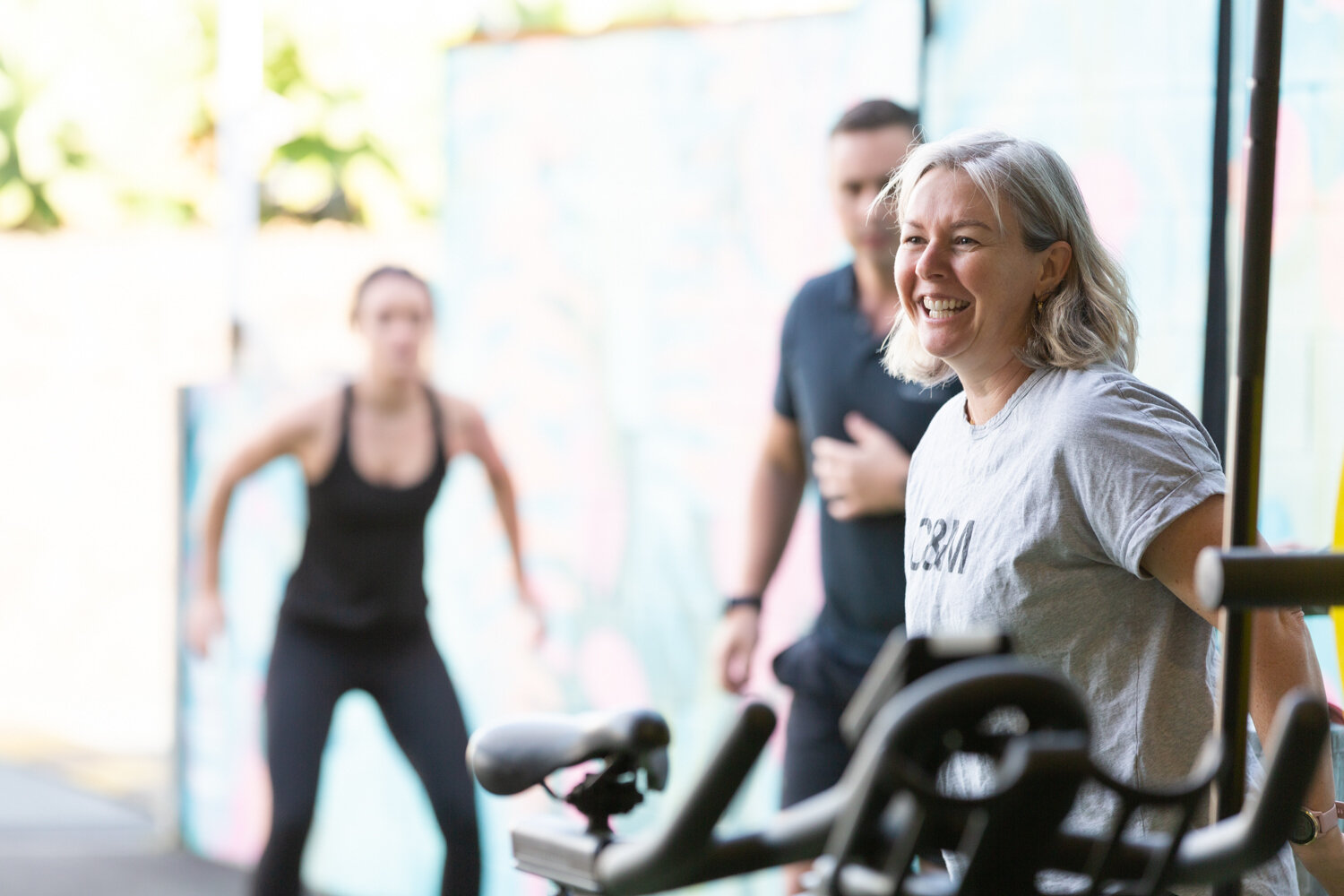Modern hearth cooking at Solera - Mount Maunganui’s exciting new restaurant in a wine bar setting
Truffle oil is being drizzled over cheesecake, polenta skewers toast happily on the hearth and a Jerusalem artichoke is being crowned with shards of fire-dried aubergine purée.
Truffle oil is being drizzled over cheesecake, polenta skewers toast happily on the hearth and a Jerusalem artichoke is being crowned with shards of fire-dried aubergine purée.
It’s all go in the kitchen at Solera, Mt Maunganui’s newish restaurant within a wine bar setting. And, if you (wisely) opt for one of the seats at the chef’s pass, get ready to watch a whole host of such culinary wonders unfold. Plus, the chefs are more than happy to dish up information about what they’re working on.
Solera is the baby of Chloe Ashman and Nick Potts – the result of an idea born out of lockdown. The couple moved to the Bay of Plenty a few years back, armed with years of impressive hospitality experience, Chloe as a sous chef at some of Melbourne’s best restaurants and Nick as a front-of-house manager. Managing a team of 60 in restaurants with serious credentials (among them those owned by top New Zealand chefs Nic Watt and Sean Connolly) was all in a day’s work for Nick. Initially, the couple had no intention of owning a restaurant, so worked at local establishments including Clarence and Fife Lane, but with last year’s lockdown came a lot of time for thinking. They thought it was time for a leap, noticing a potential gap in the Mount market. “We thought we may as well have our own place,” says Nick. “We knew what we wanted to open – we just gauged that by where we’d like to eat ourselves. We knew we wanted a wine bar setting, but Solera is very Melbournian in that it’s not just a bar. There’s something great to eat here too.”
It appears the multitudes concur. Solera bustles. Nick felt a restaurant with seating for about 40 was the way to go. “We have three chefs and three – and sometimes one more – working front of house, and with that number of seats, regardless of how busy you are, the same team can manage. Also important is the fact we’re open only five days a week, because I want the same chefs delivering their same food every time, so we can control consistency.”
Solera’s offering is described as “modern hearth cooking” and the menu is created around sharing plates. Head chef Neil Sapitula tells me the hot faves appear to be the ash-cured kingfish with ginger, coconut, kawakawa and lime; the roasted cauliflower with camembert, walnuts, parmesan and pine nuts; and the apple and pear tarte tatin with ginger and kaffir lime ice- cream. As for Neil’s favourite – that’d be the Jerusalem artichoke with aubergine, kimchi and chili. Neil hails from the Philippines and has also worked in restaurants of high repute, in Hong Kong and Indonesia. He’s ably assisted by Kiwi chef Cameron McKenzie, with Nicolo Batani adding some Italian to the mix. The trio is united in prioritising flavour over technique and presentation. There’s also a focus on fermentation – cases in point being the inclusion of the aforementioned kimchi, and the shiitake mushrooms that are pickled, smoked on the fire, then added to the pork belly skewer. Most items on the menu have a slight Asian influence – the wagyu beef, for example, is marinated with soy and togarashi spice mix.
The kitchen’s big open fire is fed with mānuka and oak timber, and incorporated as much as possible in the cooking (which is also a delightful spectacle). The kingfish cured by ash from the night before is but one example. There’s a strong commitment to local ingredients and the menus are printed in-house, so they’re easy to alter to suit what’s in season. There’s certainly plenty to raise your glass to at Solera, and of course that includes the incredible wines. The unique list celebrates New Zealand drops and includes grape varieties many diners may not be so familiar with, exclusively from smaller wineries. Chenin blanc, malbec and viognier are joined by chilled red wine and an orange wine (white wine made the same way as a red.) All are offered as a standard 150ml pour and as a 100ml pour, with the latter geared towards those who are driving or wishing to try a larger variety of wines. There are cocktails too. Solera has been in business since Easter, but word has spread, and Chloe and Nick are happy to report that “it’s going very well for us.” Diners like me can only say, “Thank you very much.”
A private paradise in Pāpāmoa: Barrett Homes owners take us for a tour
When building their own home, Barrett Homes’ Laura and Mike Bryant put their team to work on a custom-designed creation. Laura says it’s a fine example of the company’s skill at creating bespoke homes to suit their clients’ needs.
Laura and Mike from Barrett Homes have built their dream home, and they’re big on doing the same for others.
WORDS Monique Balvert-O’Connor PHOTOS Jahl Marshall
Visit the Barrett Homes office in Pāpāmoa and you’re sure to be impressed with the décor. With timber detail, polished concrete flooring, plush rugs, leather couches, stylish cushions and potted plants, the reception, showroom and boardroom areas resemble spaces you’d see featured in interiors magazines. You may be left with the sense that if the workspace of this bustling business looks this good, the homes must also be pretty amazing – and you’d be right.
When building their own home, Barrett Homes’ Laura and Mike Bryant put their team to work on a custom-designed creation. Laura says it’s a fine demonstration of her team’s passion and skill in bespoke design and builds, an area of the business which they’ve extended to meet the burgeoning market.
“We initially built to the specifications of a removable home with a floating floor, so it could be removed easily in the future and replaced, instead of adding to it or knocking it down,” says Laura. “Having said that, now it’s finished, we love it 100 percent as it is and it isn’t going anywhere!”
The couple and their children Maddie and Beaudie moved into their Pāpāmoa Beach home this time last year after the scheduled 20-week build was completed. The property was previously home to a bach; only the green expanse of a reserve separates it from the water.
“The bach had wooden interior walls and I wanted to keep that vibe, so all the walls and ceilings of our home are plywood,” says Laura. “If you were to take everything out of this house, you’d be left with a wooden box, in the nicest way. It suits my love of natural-themed décor.
This isn’t the typical big house on the beach; we kept it nice and simple inside. It’s really about the view and the different spaces we have created for our family and friends to enjoy.”
As such, the uncomplicated design features a central hallway that connects to three bedrooms (one with an ensuite), a bathroom and an office; the laundry is in the hall, behind a sliding door. At one end of the hallway is a double garage, while at the other, a barn door links to an open-plan kitchen, dining and living area. Accessed by triple stacker doors, an alfresco portico beyond this extends the living area and offers beautiful water views.
Outdoors, the design team came into their own. Every inch has been transformed into an entertainer’s dream , set out into zones. All within 220m2, the family have a bunk room, sauna, spa, a swimming pool, two outside showers, a storage space and a fully equipped pool house – with its full kitchen, pizza oven, dining and lounging area – is well used in the warmer months.
“In summer, it is our home – we live out there. Most people put a separate lounge or extra bedroom in the house, but we did that outside. Part of our bespoke design was to create these separate zones that can be shut off, rather than having all of this in the house.”
Dressing their new home was pure fun, says Laura, who particularly loves how the plants and timber accents pull the natural theme together. Black venetian and roller blinds blend with the black joinery and dark kitchen, while the white benchtop and barn door provide splashes of light. The walls in the bathrooms are covered with floor to ceiling white tiles.
Laura has injected some lovely touches into the children’s bedrooms, such as the whimsical tent bed and canopy. Wardrobe doors aren’t a thing in these rooms; instead, each child has a multi-functional storage space with a hanging rail, drawers and shelves on which to display the likes of Lego collections and other childhood treasures.
“We’ve ensured that our home includes details that specifically suit how we like to live – and that’s the beauty of the Barrett Homes bespoke service,” says Laura. “Whatever the client wants, the client gets.”
Driving barefoot in the Bentley Continental GT V8
On a road trip to Northland in a ridiculously beautiful Bentley, going shoeless has never felt so right.
On a road trip to Northland in a ridiculously beautiful Bentley, going shoeless has never felt so right.
WORDS Steve Vermeulen PHOTOS Vinesh Kumaran
There’s something satisfyingly audacious about driving a Bentley with bare feet. Somehow, kicking off the Havaianas and going ‘foot commando’ in an interior awash with hand-crafted leather and timber accoutrements, beautifully knurled metal dials and an edifying suite of cutting-edge technology just feels right.
Bare feet are entirely appropriate for this road trip to the winterless North – to Whangārei, Opua, Russell and Paihia – to relish the great roads, great food and great scenery this region offers up in spades. At around 300km in length, our first leg from Auckland’s south to the sparkling Opua harbour isn’t an exhausting drive, but it’s certainly made easier in a Bentley Continental GT V8. This latest-generation Continental GT was released a couple of years ago and, for me, captured the real essence of the brand more than any Bentley before it. A brand steeped in luxury and craftsmanship, yes, but also one with track-bred performance and racing pedigree aplenty.
Physics decrees that luxury features and a swathe of creature comforts shall be the antithesis of lithe handling. But Bentley doubled down on the technology stakes in this latest generation Continental GT, completely flipping that science on its head and making a big car that’s also unbelievably engaging to drive. I’m pleasantly reminded of this as the Puhoi tunnel releases me from the shackles of rush hour and onto the more sweeping curves of State Highway 1, heading through Warkworth and the Dome Valley towards Whangārei. With the composure of all-wheel drive and 404kW of power under (bare) foot, you can make short work of our typical Kiwi A-roads.
There’s a raucousness evident in the V8, something the more silken flagship W12 Continental GT doesn’t have, but the svelte looks and noise combo make the Bentley a popular sight when I hit the streets of Whangārei. A meaty V8 exhaust note around here isn’t uncommon, but judging from the nods of approval and positive reactions I’m getting with every burble and crackle on over run, they clearly appreciate Bentley’s take on the eight-cylinder format as something a bit special.
Sticking to SH1, the miles melt away quickly and driving is effortless. I can sit back with fan-cooled seating and even a gentle massage function and burn through mile after mile without any fatigue. In what seems like no time at all, I’m enjoying fresh fish and chips in the lovely seaside village of Opua.
Our northernmost port of entry for overseas vessels, with a sheltered, deep-water bay, Opua’s a popular destination for international visitors entering our shore. Most recently it homed Spanish billionaire banker and art ‘enthusiast’ Jaime Botin’s beautiful superyacht. Today, though, the Bentley takes centre stage as we board the Opua car ferry to Okiato.
You really know you’ve well and truly shrugged off the city when you arrive in the Bay of Islands. Today it’s what amounts to a busy day in Opua with the ferries at capacity on each crossing. But the staff on board remain relaxed and accommodating. With some social distancing and PPE protocol in place, they’re only too happy to invite our photographer up to the bridge and allow us to position the Bentley just so, before loading up for the next crossing. It’s little things like this that serve as great reminders of how magnificent New Zealand can be.
I’m overnighting in Russell, but before I head there, I’ve been invited to Paroa Bay Winery and their hilltop Mediterranean-inspired restaurant, Sage. Operated by good friends of the Bentley brand, the Lindis Group, Paroa Bay Winery also offers accommodation in the form of three luxury villas perched above what must be one of the most idyllic bays in the entire Bay of Islands.
I’m not drinking, but on the balcony at Sage I’m told both the 2020 Sauvignon Blanc and 2017 Cabernet Sauvignon are very sippable in tandem with, respectively, line-caught fish and New Zealand wagyu bavette. Regardless of the pairing, a stunning dining experience is assured; make sure you add a booking to your next sojourn north.
The following day starts crisply with the morning sun revealing yet another crystalline northern sky and the baritone V8 humming down the road from Russell. Formally one of the Southern Hemisphere’s busiest ports, favoured by whalers, seafarers and merchants of the day, Russell enjoys its heritage as a once-heaving Victorian metropolis of industry and debauchery in equal measure.
“It’s not nearly as debaucherous now as it was in the old days, dear,” I’m assured by an older lady, as I chat over a morning coffee while she waits for her coach tour to depart. She and her fellow travellers fawn over the Bentley’s lines outside the fabled Duke of Marlborough Hotel. “If the walls could talk!” she laughs.
Thankfully, mid-week up here is milder-paced than usual. It’s quiet even, affording me the time to absorb the prominence and beauty of Russell’s promenade, the serenity of the harbour and character of the town that has been lovingly preserved.
The roads tighten up between Opua and Paihia, but the Bentley’s party trick is its ability to feel smaller and lighter than reality. You can push on unphased by changes in road condition and with surprising agility.
There’s time for a brief bite on the wharf at Paihia before the 250km jaunt back to Auckland. After the past 12 months, it’s been great to get some decent driving miles in, sink my feet in the sand and reconnect with one of my favourite parts of the world. Unsurprisingly, the Bentley has been a brilliant tourer. Maybe the bare feet and salt air played a part, but I can honestly say I’ve never felt so reinvigorated at the end of a day’s driving.
For the latest automotive news, visit 66MAGAZINE.CO.NZ.
Wharf Street: Tauranga city’s sparkling new outdoor dining precinct
Come with us as we take a tour of this must-visit destination, where food and drinks, entertainment, art and culture collide, and the only traffic you’ll find is the foot kind.
Come with us as we take a tour of this must-see destination, where food, drinks, and entertainment come together and the only traffic you’ll find is the foot kind.
Wharf Street has been transformed – an exciting development for Tauranga that sees a selection of eateries and bars spill out onto the pavement, creating a bustling atmosphere for everyone to enjoy. Did you go to the precinct’s first Friday Night Live? It was a roaring success and will continue every week from 5:30 to 9pm until the end of April and again next summer. There are also plans for more weekend events, open-air movie nights and outdoor art exhibitions – and the lane will be put to good use during the jazz festival.
Wharf Street is a cosy yet vibrant place to meet, mix and mingle, and breathes new life into the heart of the city, says Sally Cooke of Downtown Tauranga. “This is very much about creating a unique experience, with great diversity in the food and bar offerings, and all kinds of events. People will be able to enjoy it in so many different ways.”
The Barrel Room
Enjoy the finer things in life with plates and plonks to suit all tastes.
Between their mouth-watering dishes and highest-quality beverages, there’s something for everyone to savour at The Barrel Room. You’ll find wine from the best regions in New Zealand and beyond; an exceptional, ever-changing range of craft beers, special Belgian beers and Heineken on tap; and a stellar selection of spirits to sample. The team of chefs have created a menu filled with international flavours, including crowd-pleaser platters, gourmet burgers and traditional-style handmade pizzas. They also offer quick lunch options if you’re short on time.
Get the full Barrel Room experience with Latin Night on Thursdays and live music on Saturdays, along with brewery, distillery and winery tasting events.
The Crown & Badger
British-meets-Kiwi food and hospitality come together at this popular waterfront pub.
The Crown & Badger has held its place as one of Tauranga’s best-loved destinations for 17 years and is thrilled to be part of the Wharf Street transformation. “It’s exciting,” says owner/general manager Jessica Rafferty. “It’s been so cool to see people gravitating towards this new space – it’s just what Tauranga needed.”
With a sell-out quiz every Tuesday, live music on Fridays and Saturdays, and more than 230 drinks behind the bar, it’s a must-visit hotspot both for folks who want a welcoming place to enjoy a classic British meal and revellers ready to dance the night away. The seasonal menu has a Kiwi twist and along with the lunch deals, the Sunday roast is a Crown & Badger fan favourite.
The Hop House
Creativity’s on tap at this boutique craft-beer bar, where you can experience an ever-evolving roster of innovative brews and special occasions.
Whether you’re a long-time brew aficionado or a recent craft convert, you’ll find your hoppy place on Wharf Street. The Hop House is a craft-beer bar dedicated to local and national boutique beverages, with in-the-know staff who offer service that goes above and beyond. They work with innovative brewers; run creative events, including stand-up comedy nights and a Thursday quiz night that gives back to the community; host monthly tasting events and weekly live music performances; and have a function space that seats 50.
Owner-operator David Stanaway says he’s stoked about what Wharf Street brings to our city. “It’s been game-changing. It really makes Tauranga a destination.”
Enjoy a delicious burger or pizza at The Hop House, or choose food from nearby restaurants to enjoy with their beaut beverages.
Sugo
This forward-thinking Italian-inspired eatery lets local ingredients shine in a polished yet relaxed atmosphere.
Take a stroll down Wharf Street and Sugo will stop you in your tracks. If the deep green facade, twinkling lights, and peeps of red and white get your attention, the menu will make you want to stay. Co-owner/chef Ian Harrison focuses on fresh, local ingredients to create dishes that are constantly being reworked to suit the season. Sugo’s ever-popular chicken saltimbocca has just been given a new twist for autumn, with creamed leeks and lemon verbena, and they’ve devised four different but equally delectable versions of their risotto since their opening in November.
Ian says he and his crew are looking forward to making the most of their new surroundings. “We now have this beautiful outdoor area and it’s a really important part of Tauranga growing up. It brings life back to the city.”
The Chook Nook
Serving Korean-style fried chicken in a quirky setting, the newest restaurant on this block brings an irresistible crispy crunch.
A taste of Korea in downtown Tauranga, The Chook Nook has something for all ages. It only opened in March but has already proven a hit with young and older, thanks to its succinct menu focused firmly on fried chicken. The team hope to extend it as the restaurant grows, but for now, you can choose from crispy fried chicken, sweet and spicy, and soy and garlic, or get a platter of the lot.
Co-owners Paul Kwon and Yd Kim say their style of chicken is incredibly popular with foreigners in Korea, so they wanted to bring it to Tauranga to share the flavours of their home country. The Chook Nook’s fit-out is comfortable and cool, but because it’s part of the Wharf Street development, you’re also welcome to order your chicken to go, then munch on it at any of the precinct’s other establishments that take your fancy. The choice is yours!
Moving on up around the Bay with EVES
Success at auction might mean a move to a new town, downsizing, or more family time. We meet people who’ve found success in their lives after an EVES auction.
Pictured: Highmore Place property sold by EVES.
Success at auction might mean a move to a new town, downsizing, or more family time. We meet people who’ve found success in their lives after an EVES auction.
WORDS Hannah Keys PHOTOS Supplied
EVES agent Danielle Hayes
Fruitful efforts in Maungatapu
Keri Welham had transformed the backyard of her property at Te Hono Street into a fragrant, edible garden. Star jasmine, lemons, oranges, feijoas, tangelos, plums and peaches filled the air with sweet scents, and her daughter’s playhouse overlooked it all. Bittersweet tears were shed on the big day at Tauranga’s Elizabeth Cafe & Larder (next door to EVES Realty’s auction room). There was sadness at leaving the beautiful garden, but excitement as the auction meant that Keri and her family were able to move to the Mount. They’ve bought a new property, and the next project of building their dream home is well underway.
Time together
Danielle and colleague Sarah Garnett were also recently behind the success of two families reaching their goals through the auction of this house on Te Hono Street. Lee Vaughn teaches at Pillians Point Primary and had been commuting daily, but the sale of their home meant that his family could move across town in time for their son to start school. Happily, they have alleviated stress and gained more family time. And the auction story is pretty special too; Anna Clarke raced down from work in Auckland and slipped in next to husband Simeon, who at that very moment had placed what turned out to be the winning bid on Lee and Steph’s home after a lengthy auction. The two couples got to sit down together afterwards to share in the mutual win!
EVES agent Dirk Merwe
Freedom to choose in Papamoa
This home in Papamoa’s Arabian Drive was highly sought after on the market and the auction was hotly contested. The vendors had outgrown the home and bought another property, and the great price they got at auction allowed them the freedom to choose what they wanted to do next. The vendors and eventual buyers formed a friendship post-auction, so when unexpected circumstances interrupted the vendor’s move-out plans, the buyers were generously accommodating, allowing the vendors to move and start the next stage of their lives stress-free.
EVES agent Deanne Stewart
Team effort in Welcome Bay
It was starting to look like Jeneva Snodgrass and Cameron McGall wouldn’t be able to buy their own home. Having arrived back in the Bay from the UK, they’d immediately begun the search for their first property. A few months later, they’d all but given up when it seemed as if the market had put their dream out of reach. Gathering their wits for a last-ditch attempt, they called on help from their family to boost their budget, a mortgage broker friend to secure finance, and advice from the experts when it came to actually winning their new Welcome Bay home at auction. “Once we made a bid, we bid strong, and all of a sudden we were the last ones standing,” says Cameron, Now, the couple gets to start the next stage of their life together - as first homeowners.
EVES agent Kyra Ormsby
Best gift ever in Pyes Pa
As the hammer came down, Kate Newson collapsed into tears – she couldn’t believe she’d done it. With her husband Ryan waiting on the phone at work and Kate unable to get the words out herself, Kyra had to tell him he was the new owner of a home in Pyes Pa’s Audax Lane. After missing out on a handful of Papamoa properties, the couple had looked to The Lakes to find their dream home. Everything fell into place for them that day, and as 2020 drew to a close, they got the best Christmas gift they could have hoped for.
EVES agent Kim Crawford
Labour of love in Brookfield
Kelly Fisher and her family were ready to downsize. They had renovated their home in Brookfield for close to a decade while raising their children there. But family shapes are ever-changing, and with the eldest off to university, they bought a section in nearby Bethlehem with plans for a new build. That meant it was time to auction their family home - and letting go can be tough. “Renovating has been such a labour of love and when you’ve put everything into it, you just hope someone will love it as much as we have,” says Kelly. “It’s overwhelming, but it marks the beginning of a whole new journey for us.”
Interior styling: dare to be different with statement colours, sassy textures and tones
Interior stylist Amber Armitage shares her tips and serves up inspiration for colour-filled bold living spaces.
STYLING + ART DIRECTION AMBER ARMITAGE / PHOTOS WENDY FENWICK AT FLASH STUDIOS
PRO TIP #1: Strike a balance by teaming an audacious colour (as in this statement chair and wall in Resene Red Berry) with soft neutrals like Resene Zumthor. Combining areas of dynamic interest (this rug, for example) with areas of calm will also help to ensure your bold scheme isn’t visually overwhelming.
PRO TIP #2: When combining two bold colours, try using complementary pairs (such as the red and blue pictured here, or green and magenta) to create a super-strong contrast, then keep your accessories paired back.
Pale wall in Resene Zumthor, right wall in Resene Red Berry, floor in Resene Colorwood Dark Ebony. Hobnail planter from Republic. Bodhi bookcase from Danske Mǿbler. Albert vase and Rosy Friday vase by Jones & Co from Republic. Figgoscope rug by Marta Figueiredo from Designer Rugs. Panton Classic chair by Vitra from Matisse. Figure 01 artwork and frame from Slow Store. Lombok pot from Republic. All other items stylist’s own.
Dark wall in Resene St Kilda. Claritas lamp by Nemo Lighting from Matisse. Pemboke candle holders, Yoko vase by Papaya and Aviateur helicopter from Republic. Cassia sideboard from Danske Mǿbler. Panton Classic chair by Vitra from Matisse. Le Chat Chic artwork by Kinfolk from Slow Store. Fold Round shelves and Arch Lean Low mirror from Made of Tomorrow.
Wall ledge in Resene Blue Bark. Beauty pillowslips and duvet covers from Penney & Bennett. You artwork by Sofia Lind from Slow Store. Rho bedside from Danske Mǿbler. Candles from Ecoya. Carafe set by Ferm Living from Sunday Homestore.Smoking jacket from Penney & Bennett. Aurora pouffe from Republic.
Inspired by food, embodied by paint and canvas - a visual feast by Nicola Bennett
Nicola Bennett has made a career out of combining two of her key passions in the most delectable way. Art and food rock the world of this Okere Falls-based artist who produces paintings inspired by her love of food – there’s a deep connection, she says. Colour, to her, is like flavour.
WORDS Monique Balvert-O’Connor PHOTOS Katie Hoy
Nicola Bennett has made a career out of combining two of her key passions in the most delectable way.
Art and food rock the world of this Okere Falls-based artist who produces paintings inspired by her love of food – there’s a deep connection, she says. Colour, to her, is like flavour.
“For me food and art are so intricately linked, in their processes, shared pleasure and transformation.
“I love the sensory pleasure of both preparing ingredients and of applying paint. Whether it’s fashioning fresh food into a meal to be shared or using tubes of paint and a canvas to create a painting that may cause an emotional response… Either way, there is magic in that transformation,” she enthuses.
Nicola says she’s no chef, but it’s often a cooking experience that inspires her work. Her studio is festooned with photos of food and different dishes and lots of recipe books. This way, processes influence each other, she explains. Of great excitement is the pending completion of a kitchen within her studio that’s attached to the house she shares with her husband Stefan, their son Theo (13) and daughter Greer (11).
“When that’s finished, I’ll be able to cook and paint at the same time. Partway through cooking, if I am inspired, I can go straight to painting and then back again.”
This abstract expressionist uses oils and mixed media on her large paintings and also her smaller works, which are A4-size to reference a recipe book. Wooden panelled, they give the feel and weight of a cookbook.
“I love to work this small because it feels intimate and handheld. But I also love to work very big, which results in a different kind of painting: Big, bold and gestural.”
Representational art isn’t Nicola’s gig. She may be inspired by an avocado (she adores them, by the way) but the viewer of her art wouldn’t necessarily know that’s the case.
“My source of inspiration is a flavour, and I want the feeling of that flavour to be in my work in an abstract way. And, of course, the wonderful thing about abstract art is that it can be anything to anyone. Someone may see forests and plants rather than interpreting any actual ingredient, such as avocado,” explains this vegetarian artist with a penchant for green. (If you love food and nature, it’s very hard not to be drawn to green, Nicola says.)
Nicola’s paintbrush is often intimately acquainted with her ingredients – she paints on avocados or aubergines, for example, to ensure she has the exact colour.
“I could even use a big squish of paint to give the feel of smashed avo. Three-dimensional in only small amounts adds to the seductive quality of paint.”
While Nicola enjoys her own company, she gets a real buzz from meeting other creative people.
“I get their energy. I love meeting makers and talking about their passion and creativity.”
Sometimes something truly wonderful grows out of such meetings. Take Nicola’s mutually creative collaboration with Timo Dicker, the executive head chef of Rotorua’s Terrace Kitchen.
In 2019, Terrace Kitchen hosted “Feast,” an event featuring small paintings Nicola had created in response to foraged ingredients such as artichoke, wild garlic and sorrel. Timo created a menu to suit. Over two nights, the creative duo gave floor talks about their processes and inspirations, accompanied by a five-course meal.
In 2020 came “Forage and Feast”, incorporating seven small courses with Nicola and Timo setting each other various challenges. Black-and-white and pink-and-white dishes were the result of a colour competition. Twenty-six of Nicola’s paintings were displayed on the walls (and remained afterwards for a month as an exhibition), referencing ingredients Timo had cooked with for the event. Identifying those ingredients was a talking point for the diners.
Nicola’s keen for more such sharing of the joy and similarities of cooking and painting.
“I experiment with colours that look just right; the chef with ingredients and flavours that taste just right. It’s a similar sensory search for the perfect balance of colour or flavour.”
She’s keen to introduce this collaborative concept in other centres such as Tauranga, Auckland and Wellington.
In the meantime, life at the easel is busy. Nicola’s next commissioned work involves pink oyster mushrooms.
There’s also an award ceremony to attend – Nicola is a Molly Morpeth Canaday Award recipient. Such accolades are especially sweet for the artist, who was dyslexic at school. Her creativity couldn’t be contained, resulting in a Bachelor of Art in the UK and then a Master’s in Fine Art (passed with first class honours) in New Zealand. Until three years ago, she was an art teacher.
And she’s cooking up a storm. She’ll often take prepared food along to share at houses where she’s showcasing her art – usually involving ingredients that have inspired the painting.
How does this artist know exactly when a painting is completed? The answer, of course, references her other love.
“It is finished when it’s ready to eat with the eyes… A visual feast, if you will.”
Entrepreneur and disability advocate Charmeyne Te-Nana Williams
Entrepreneur and disability advocate Charmeyne employs over 200 people to support people with disabilities, like her husband, Peter who suffered a brain injury in a boxing match. What Ever It Takes is a fitting name for her business, and the way Charmeyne approaches life.
Entrepreneur and disability advocate Charmeyne employs over 200 people to support people with disabilities, like her husband, Peter who suffered a brain injury in a boxing match. Whatever It Takes is a fitting name for her business, and the way Charmeyne approaches life. She lives between Mt Maunganui and Auckland.
PHOTOS Garth Badger WORDS Jenny Rudd
At a recent event for our speaker series, This Is How I Did It, Charmeyne told us the incredible story of how her husband Peter Williams’ brain injury and resulting tetraplegia has shaped her life.
Charmeyne and Peter had baby twin girls, who'd just arrived home from a 5-month hospital stay after their premature birth. And four weeks earlier, the couple had buried their son who passed away after being born at 26 weeks. Charmeyne was at home with their daughters in Auckland, on maternity leave for a job she loved at New Zealand Trade and Enterprise in the Māori enterprise team. Peter was down in Timaru at a boxing match, on his path to his plan to qualify for the Olympics. He'd previously won the world title for waka ama (canoe racing) in Tahiti. He was strong, athletic, and world class at the disciplines he put his mind to. He called Charmeyne and announced "I won, so I'm now the New Zealand Super Heavyweight Champion. I just need to go and do a drug test, then I'll call you back."
But he didn't call back. One of his teammates did. Charmeyne said it wasn't what he said that was worrying, it was what he couldn't say. He could barely get the words out. Peter had suffered a traumatic brain injury which left him a tetraplegic.
Her story was so inspiring, we knew we couldn’t leave it in the room.
I remember the day Peter went down to Timaru like it was yesterday. It was labour weekend in 2002. That morning, we'd talked about what we had dreamt the night before. We often did that. He said "I dreamt that my spirit had left my body and it was flying across Samoa.”
After I'd spoken to Peter when he won, I remember being so excited. I thought he hadn't rung back because he was out celebrating. Then his teammate called me and said "You need to get down here." At that point I had no idea what that meant. I didn’t know what I was walking into.
I’ve been so lucky and blessed, because my family has been amazing. My sister was staying with us at the time and she looked after our babies. I jumped on a plane and went down to Timaru.
Since that day, my life has really been in stages. Stage one was going down to Timaru.
STAGE ONE
The Rude Awakening
Some of the questions that came to mind at this time were: What the hell is a traumatic brain injury? I had no idea. I had never worried about Peter because he was so strong.
What the hell is this health system? I had no idea what I was walking into. I went into the hospital, he was in ICU and I just didn’t know what to expect. We weren’t allowed to stay there, so that was really daunting for me.
If it wasn’t enough that we were trying to deal with what was going on with Peter, it was all over the news. My brother rang me up and said, “Have you seen the newspaper?” On a front page was an article that said Peter was actually a Black Power member and had sustained his brain injury through an initiation. So he’s trying to fight for his life and here’s this article on the front page. Where did that even come from?
I rang a friend of mine whose husband was an All Black who’d had some bad publicity, and he put me onto his lawyer who represented us for nothing. We went to court to get them to retract what they'd printed.
By this time, I had to send my girls off, at eight months old, to live with their grandparents in Wellington so that I could work out how to help Peter. Thank god for my whānau, because if it wasn’t for them, I’d never have been able to get through these early stages.
STAGE TWO
The BS
I thought the system would focus on what's best for Peter, me and our whānau. But it didn't feel like that at all. You'd think you’d go from stage to stage – from hospital, to rehab, to home but, actually, it's not that way. Every time I went to another stage of what I thought was our recovery, it was just the same shit on a different day. All I knew was that I loved this man and wanted to keep my family together – that was my priority.
It wasn't just the medical system either, it was our society. Arriving in Auckland, a friend asked me if I was going to stay with Peter as a partner. I was shocked. They asked if I really knew what I was getting myself in for.
We left Timaru after a month and moved into ICU in Auckland for a month, then Peter moved to a rehab facility in West Auckland just before Christmas 2002. I thought that was going to be awesome, but it was really bad. The staff weren’t used to family members sticking around, but I was there every day. I became known as ‘the bitch’ – true story. In my mind I couldn’t understand why, because I was just trying to figure out how I could make sure that Peter was well looked after. What I started to realise was that everyone was doing what they thought was best, as opposed to what was best for me and my family.
Trying to find financial support to keep my family going was really difficult. When my maternity leave was over and I had to go back to work, I thought I’d go to Work & Income to get help with child support but was told I wasn't eligible because I was earning too much. I’m on $50k and I’ve got an adult who has a serious disability and two children. How is that a high income?
Then I was offered redundancy, which I took, because it meant I could go on benefit. I fought with my pride. I had never been on a benefit. But I knew that if I didn't, it was really going to affect my family's well being and my ability to care for them. I was exhausted and I needed to, so I did. And rather than pay me the extra $100 a week on top of my wages I could have been earning, they paid me about $70,000 a year to be on benefit and to support my kids. That seemed dumb!
You expect and trust that the experts are giving you the right advice, but I learned that that’s not the case. I found out some time later that Peter had been eligible for child support the whole time. We had to go to court to recoup it. What a waste of time and money for everyone involved.
STAGE THREE
Kete of knowledge
Finally, the penny dropped. When you’re in a rehab facility, you have a multidisciplinary team. You go to these whānau meetings and sometimes you might be the only member of the whānau with 12 clinicians around the table, who are all telling you what you should do. I was in one of these meetings and everyone was talking about how aggressive I was. I could feel myself shrinking into a corner in the chair, just fading away. My cousin was sitting next to me and she said, “You know, what some people would describe as aggressive, others would describe as proactive”. That was a turning point for me. I thought, that's right. I’m being proactive. I’m not being aggressive, I’m just fighting for what I know is right.
From then on, I started to listen, observe and figure out the things that Peter would respond well to in terms of his rehab. I thought about how I could take all these little bits of advice and information and fill up my kete of knowledge to move forward for Peter.
As well as learning from the model he was under, I looked around the world for different care models that fit what I believed he needed.
My aunty, who’s Māori and a social worker, said, “Have a look at this and tell me what you think.” It was a Māori model of care called Te Aho Takitoru which had been developed by her team as a social work kaupapa. What really jumped out to me was that the mana of the person being cared for was at the core. Reading it solidified in my mind what I have been trying to do since Peter's accident - I was fighting for the mana of this man. I just wanted him to be recognised as the man of the family, as a dad and as a partner. That’s all I was asking – nothing more and nothing less.
STAGE FOUR
Home is where the heart is
I thought going home was going to be easy – but it wasn’t. Having been in hospital and rehab for nearly three years, we’d applied to ACC to fund the modifications we needed for Peter to live at home. It was just before Christmas and I got a reply from ACC saying they’d declined our application. The application had taken forever, and they'd said no. I felt it was because they were solely looking at the injury and how to manage that injury. It was being done adequately, they felt, in the rehab centre. I could see though that there was so much more to the picture surrounding Peter's injury. What about his well-being, his wairua (spirit) and the mental health of my family as a result of the care decisions?
When ACC turned down our application, I thought if I don’t do something now, my family is just not going to survive this.
My brother-in-law worked for 60 Minutes and asked if they could do a story on us. I had turned down offers like this in the past, but I was desperate. So I said ok on the condition that Peter's integrity was maintained, and that the focus should be on getting Peter home.
At one stage during the research, I could see there was some focus on the fictitious Black Power connection. So I went marching up to the Black Power pad in Mt Wellington, knocked on the door and asked their leader to speak on 60 Minutes and set the record straight that Peter was not connected to them.
In the end, the show only talked about ACC for about a minute and how our application had been declined. It took three years for them to decline it, and honestly about two days to approve it.
Finally, we were going home. I got so excited. But we then headed into a new world. The world of agencies. In 18 months, we had around a hundred people come through my house. My girls were verbally abused, and Peter was physically and sexually abused. We went through another grueling court process to bring the sexual abuser to justice, but she got off on a technicality. That whole process was so traumatising for me. It was like I was the criminal. This woman wasn’t held accountable in any way, shape or form, and neither was the agency. That was it. No more. I had to take all my learnings and bring them together to provide a new model.
We weren't the only family going through this either. I knew there were others looking for the same as us, so I put together a business proposal to set up a programme bringing together everything I learnt from Te Aho Takitoru, my research and experience in hospital, at the rehab facility, and the agencies.
Ten years after Peter's accident, I set up What Ever It Takes, a home-based rehabilitation service.
STAGE FIVE
Doing Whatever It Takes
Our vision for our company was to set the standard internationally for how we care for families, regardless of their situation.
The biggest difference between a mainstream clinical approach and the Māori model we use, is we take into consideration all aspects of what’s going on in the whānau’s lives. A mainstream model looks at what's best for that injury in isolation. But that’s not reality for our families. We don't focus just on physical things like the brain or the spine. This person lives at home with a whole family, so we consider that whole picture. What help do they need to access their entitlements? What is the best wrap-around care that this particular family needs? How does the family operate? What are their dynamics? What are their values? What do they need to support them to live how they want to live?
We work mainly with Māori and Pacific Island whānau. They’re already compromised and they’re further compromised with this disability. I’m a supporter of whānau looking after whānau. I think if you want your whānau member to look after you, then let them look after you. There have been lots of debates about whether whānau members take advantage of the situation, but that’s really not my experience.
Our business model has allowed us to really flourish through the lockdown periods. We’re essential services, but we have a single team for each whānau we look after, so during lockdown we went right back to our aspirational goals and how we were going to do that within the confines of our four walls.
Each time my company gets audited, we receive continuous improvement on continuous improvement. That’s not just great, that’s exceptional in our sector. My goal is to create pathways for the future. I want us to be able to really pave the way for other organisations to come in and support families.
STAGE SIX
A deep breath
When my girls were at intermediate school, I realised that I had become so absorbed with what was going on for Peter that I was being counterproductive. That's when I started to think about my happiness. All they’d known their whole life was this environment of conflict where I'd been fighting for Peter. It was incredibly hard, but I moved out. It was the right thing for Peter to be able to work with his team from then on, and for our girls, and me.
My journey continues. It's been 18 years and time moves on. My father and my grandmother have passed away. My twins are leaving school.
I never thought that I’d meet somebody or fall in love, but I have. I’ve had feelings of guilt, but Peter and I were only young when this happened; he was 27. I’ve always committed to being married to Peter. But I got to a point where I thought, I don’t want to die wondering if there could have been more.
When we first met, Rob said to me, “I need to tell you something, I’m having a baby,” and I went, “Oh well, I’m married. I’ll have your baby if you have my husband.” And he goes, “Sweet.” So that’s been the basis of our family. We have five kids now with our big, beautiful, blended whānau. We have all this extended whānau on Rob’s side, and we have Peter and our extended whānau on my side, including Peter’s two sons Puna ma Faleasi and Siagogo.
It's unconventional, but it works because we make it work. I feel that’s probably my biggest learning: you just have to make things work.
No reira ngā mihi nui, ki a koutou. Mo te whakarongo mai ki ahau. Thank you for listening to me. Go home and tell the people that you love how much you love them. I’ve learnt how to care for my family and it's the pathway that I intend to to follow forever more.
What Ever It Takes
There's such determination in the name of Charmeyne Te Nana-Williams's business. And love, when you consider who the beneficiaries are of this determination. What Ever It Takes employs over 200 people across the North Island to deliver a programme of home-based care for people with severe and complex disabilities. What makes it different is the whanāu-centred approach. The family is involved in all aspects of the care, because Whatever It Takes looks at the needs of the whole family, rather than keeping the spotlight on just the injury.
This programme has been developed by Charmeyne and her team to give control, mana and quality of life to those suffering from and affected by major brain traumas and other life-changing disabilities. Their struggle to be allowed to take Peter home to care for him showed Charmeyne that there was a need for a different model of care.
Neutral gear: Interior expert Nicola Travis and her latest design picks
Looking to give your bedroom an overhaul? Here’s how to coast through it.
Looking to give your bedroom an overhaul? Here’s how to coast through it.
FROM THE EXPERT: Nicola Travis
When it comes to styling the ideal bedroom, first decide on your theme and colour palette. Think about what your end goal is for the space – do you want to go for a trend-driven look or create a calm retreat? If you’re the type who likes to update your home with the seasons, it’s best to go for a neutral-coloured base that you can easily transform with new décor items, such as bedding, art and objects.
IN ORDER FROM TOP LEFT 1. WILDE THE LABEL 2. KINDRED ROAD 3. Calm print by MAIKO NAGAO 4. Grove dishes from CITTA 5. ICO TRADERS 6. Column pillar candles by BLACK BLAZE from HUSK HOME 7. HOMEBODY Linen cushion cover 8. Bed linen from FOXTROT HOME 9. FLOORING XTRA 10. Lo bedside table from CORCOVADO 11. THE CANE COLLECTIVE
Get motivated at F45 The Mount with new owners Brett and Nicole Taylor
F is for functional, friendship and fun - and forty-five minute group workouts that really deliver results, as Nicky Adams finds out.
F is for functional, friendship and fun - and forty-five minute group workouts that really deliver results, as Nicky Adams finds out.
WORDS Nicky Adams PHOTOS Jahl Marshall
F45 first came onto my radar about three years ago, when I noticed that one of my friends had – within what seemed like a startlingly short time frame – honed her body into one that was svelte, toned and stop-in-your-tracks what-the-heck-have-you-been-doing-to-get-that-figure? The secret, she informed me, was F45.
Now, as pretty much everyone knows, when it comes to fitness, there’s no quick fix or easy way, but F45 has developed a high-intensity interval training (HIIT) formula that keeps its clients keen through short bursts of energy that maximise results. The gyms themselves are part of a franchise and follow the same model, although each site brings something different to the mix.
The Mount Maunganui branch of F45 has recently been taken over by Nicole and Brett Taylor, who both have extensive experience with F45, and a real passion for fitness. Nicole is a clinical exercise physiologist who has also worked as an F45 manager, and Brett has been in the industry for more than 12 years. Owning their own F45 gym revolves around their genuine desire to be instrumental in transforming people’s lives, as well as their perceptions of health and wellbeing. They love that F45 is an incredibly effective form of exercise, not only for athletes who already have a high level of fitness, but also for those at the start of their fitness journey.
The couple were drawn to F45 The Mount by the phenomenal community that already existed here. According to Brett, “The vibe grabs your attention straight away. When people come in the door, they realise, ‘Hey, this is cool’ – and that’s what appealed to Nicole and me. We felt the connection with our members from the first day.”
Family environment
“Once you come into the gym, you’re part of our family,” says Nicole. “It’s a really inclusive environment – the members, trainers, everyone is welcoming.”
The pair have a definite vision of where they want to take the gym. Nicole’s clear that “although we want to grow our membership base, we also want to make sure our current members are valued”.
Brett believes what sets them apart is that “we understand what our members want: unique driving through our trainers – strength, encouragement, understanding.” In addition to the focus on individual goals, other benefits of F45 The Mount (aside from the all-important sparklingly clean bathrooms) are the class format and instructor ratio.
For the uninitiated, the set-up at F45 is slightly different to the average gym. Specific equipment is assigned to each 45-minute workout and exercise sequences are projected via screens on the wall. This frees up the trainers to move around the room to help and motivate class participants.
As Brett says, “You’d seldom find a class elsewhere where you’d see two personal trainers engaging at the same time. Here, you get that one-on-one connection, which ensures correct technique.” Furthermore, they pick only trainers who have preventative injury-management experience. “This enables them to motivate our members to push past comfort but stay within their physical limits.”
Accountability for the win
F45 is fast-paced. Your interest is held by a range of exercises within a number of different sessions, and by different concepts introduced into the mix. A good starting point for any of the opportunities and challenges is a 10-minute benchmark fitness test known as the Playoffs.
F45 The Mount’s members genuinely support each other, which Brett says is part of what makes the studio’s regular six-week challenges so successful. A combination of exercise and diet, these challenges are where people can really see not just results but transformations – and says they work because “when you’re in a group environment, you don’t want to let anyone down – everyone keeps each other accountable.”
It’s hard not to be impressed by Nicole and Brett’s expertise and enthusiasm. After I gave F45 The Mount a whirl, I’d barely left the building before I was messaging friends to see who wanted to sign up with me.
The skin and within: Constance Santos of Epidermis and Sage shares her holistic approach to beauty
UNO’s beauty editor Lisa Shea catches up with Constance Santos of Epidermis & Sage, who takes a holistic approach.
UNO’s beauty editor Lisa Shea catches up with Constance Santos of Epidermis & Sage, who takes a holistic approach.
Sitting down with skin therapist Constance Santos in her beautiful new space in Mt Maunganui, I could tell from her carefully selected products that she has a real passion for all things skin. The clinic is clean and calm with a contemporary, comfortable feel, and I couldn’t wait to find out what’s behind it all.
LISA: How did you decide the name Epidermis & Sage?
CONSTANCE: I wanted a name that represents the way I believe in treating the skin, using more natural products and holistic methods combined with science. The epidermis is the area of the skin that we treat the most and where lots of important skin cells live, so that’s the science part of the name. As a herb, the “sage” part relates to the natural side of my business. Sage is a cleansing herb and I felt like it symbolised a new beginning for me and for my business.
What makes you different?
At Epidermis & Sage, we treat the skin quite differently to a lot of traditional methods. In my career, I’ve found that it’s never been enough to simply recommend products or treatments to clients, especially when you’re treating difficult skin conditions, as there’s often an internal trigger and it’s most likely gut-related. If you’re not treating the skin from within or trying to eliminate triggers from the inside, you’re not going to have much success with using products on the outside, so we combine both methods to get our amazing results. We also set up our clients with the knowledge and tools to continue on, even when they’re not seeing us. If they have an acne outbreak or an eczema outbreak, for example, they can look back and figure out what triggered it and address it themselves, and I think that’s important.
What can I expect in a consultation?
Our consultation process is extremely in-depth. There are so many things that can cause difficult skin conditions, so you need to find the triggers and go through medications and everything else with a fine-tooth comb. Our clients get a long form to fill out, then we get them in for a diagnostic Observ Skin Scan that gives us about 18 different views of the skin, including lipid levels, inflammation and pigmentation at different levels. All this allows us to treat the skin with absolute precision and means our clients can purchase the products we recommend or come in for a treatment knowing we already understand exactly what’s needed. Because a lot of skin problems come from stress, part of our method is making sure that we create a luxurious, pampering experience. Our clients get into a lovely, lush bed and receive their relaxing treatment.
Can you explain to me the importance of skin nutrition and how it’s different to general nutritional supplements?
People quite often have huge nutritional deficiencies – a big one that I harp on about is the common deficiency in essential fatty acids (EFAs). Your cells need EFAs to function properly, and when you don’t, you notice things like poor healing and chronic skin conditions such as eczema. We look at diet and address deficiencies, and bolster our results with supplements that aid in collagen production, for example. That’s also really important when addressing age-related skin concerns. Rather than blasting the skin with heat or over-peeling it, to rejuvenate skin, we like to focus on DNA repair and getting the skin functioning well. There’s no point trying to stimulate your skin with products and devices on the outside if your cells don’t have the right nutrition, so we really focus a lot on internal supplements and happily refer clients to some amazing holistic nutritionists in the area who we work closely with.
What products or equipment do you use in your treatments?
We use some high-tech devices. We have the Exceed medical microneedling device, which we use for our collagen induction; no one else has that device in this area. We also have the LED light Lutronic Healite, and using that kind of stronger, medical- grade equipment means our results are a lot better. What also makes us special is our expertise and continuous training – we’re always studying. We’re not about quick-fire or sticking-plaster treatments that mask the issue – we want our clients to see real changes in their skin that they can maintain permanently.
Autumn’s top treatment:
Constance Santos of Epidermis & Sage recommends...
Microdermabrasion is the perfect autumn reset for the skin after a long summer of sun damage and endless sunscreen application. It clears away built-up skin cells, increases circulation, supports the skin’s natural lymphatic drainage, eradicates toxins and gets the skin in optimal condition to absorb skincare products.
It is a form of exfoliation that uses tiny crystals to slough away dead skin cells while a vacuum acts as a pump for the body’s lymphatic drainage process. The machine we use at Epidermis & Sage has fully disposable heads and allows us to customise treatments, monitoring the intensity so it’s used at a safe level for your skin. We can apply peels before the treatment to get a better result, and calming and hydrating masks afterwards when the skin is more accepting, so the product gets to where it’s needed most. The Healite LED is included in our more advanced microdermabrasion treatment and it not only calms the skin, but also simulates the fibroblasts to help the healing and anti-ageing process.
Come in for a consultation with our state-of-the- art Observ scanner, so we can see exactly what your needs are and create a bespoke treatment tailored specifically to you.
Gimme some skin: UNO’s autumn hair and beauty favourites
Here are some of our top picks for the best treatments and supplements to keep your hair and skin looking amazing through autumn and beyond.
Skin essentials
The Dynamic Detox Duo is the latest addition to the Osmosis Wellness collection. Two high-potency supplements designed to improve your internal health, they’ll help you achieve the best skin of your life - from the inside out.
Regenerate
Regenerate addresses your body’s internal filtration system - your liver. It accelerates liver repair and maintains optimal liver health with the perfect balance of bioavailable collagen, amino acids, fat-soluble vitamins and alpha-ketoglutarate (AKG).
Recovery
Recovery is a complete prebiotic blend of essential fatty acids including omega-7. Regular use supports whole-body health at a cellular level, restoring gut health, recovering the loss of facial fat-pad volume and providing additional liver support.
All the better
Just when we thought Osmosis Skincare’s best-selling, award-winning serum, Rescue, couldn’t get any better, they’ve added breakthrough ingredients to amplify its legendary repair capabilities.
Throw compromised skin a lifeline with this uniquely powerful serum proven to neutralize toxins, calm inflammation and activate epidermal wound and DNA repair to dramatically improve skin texture and age spots. Now it also improves radiance and protects skin from environmental stressors and blue light damage.
Eye on the needle
Take a closer look at the latest treatment from Mt Maunganui’s Lucy Shalfoon-Roberts, aka The Skin Girl.
UNO: What do we need to know about NanoFusion?
LUCY: It’s a unique skin treatment that delivers amazing results, and unlike traditional needling, there’s no downtime. It creates nano-scale channels in the skin, improving the penetration and absorption rate of active ingredients. Along with massage and vibration, it promotes skin healing and collagen production to help you look rejuvenated and refreshed.
Who’s it suited to?
It’s great for all skin types, and can help with specific concerns such as pigmentation and acne.
Why is now a good time to do it?
This is a great autumn treatment because you don’t need to worry too much about preparing the skin ahead of time or avoiding the sun pre and post-treatment. Just swipe over a good-quality BB or mineral make-up afterwards and you’re away.
Get your bounce back
UNO chatted with Sam Crapp of Shine Hair Co. about how we rehab our hair post-summer.
UNO: Why is my hair so dry after summer?
Sam: Our hair has a protective coating called the hydrolipidic layer and the summer months - with all the sun, salt water and chlorine can cause this coating to become depleted. This results in extreme colour fade, and dull, lifeless locks. Your hair will be crying out for moisture!
What can we do about it?
Wella’s new ColourMotion range with Wellaplex goes beyond anti-fading - with regular use it actually improves hair quality in three areas that are specifically important for coloured hair; colour protection, shine and hydration.
Creative character: writer and poet Stuart Greenhill and the Fenton Arts Collective
Writer and poet Stuart Greenhill of the Fenton Arts Collective in Stratford talks to UNO.
PHOTOS Andy Jackson and Jane Dove Juneau
UNO: What a beautiful building you are housed in. How did you find it and what was the journey to restoration?
Stuart Greenhill: My partner Jo Stallard was looking for a heritage building to save. In 2016, she offered a ridiculously low amount for the Egmont Chambers building in Stratford, which was earthquake-rated 17%. It was accepted. The building was not listed on Stratford’s District Plan, so no funding was available. Other than that, it was a fantastic journey. We had enough experience from previous projects to ensure the outcome was what we wanted. The renovation won an Architecture Award in 2019 for Renovations and Additions. The building fascinates people, and many come just to see it.
What is the Fenton Arts Collective?
It is a collective of our passions and interests: Art, history, gin and espresso. We are 310 metres up a mountain, so our aspirations are just as high for each of them. The Collective offers people something unique, something intimate, something historical and modern; it offers a genuine experience.
Your partner Jo Stallard is the curator and artist-in-residence. What is Jo's artistic background, and what does she paint?
Jo comes from an art history background and is a portrait artist. She works in the traditional painting technique of “grisaille” or “dead painting” to traverse the landscapes of the human face and body. Looking, seeing and perceiving are the semantics of what a face has to give, share or provoke, and those are the landscapes she loves. So people come to the Collective, grab a coffee or gin from downstairs, and visit Jo’s working studio upstairs -- and maybe even chat about a commission.
Refreshment plays a strong role in your building; we hear gin and espresso coffee flow freely! Tell us more.
To survive in the provinces, businesses require diversity. Coffee, retail, and an art gallery were great, but we needed something more. Making gin is like writing. Botanicals are characters; each brings a different personality, so it was simply a matter of creating fantastic stories. People hear those when they book a gin tasting with me. Our espresso bar uses Proof & Stock coffee, made by our daughter, Adrianna, and offers high-quality healthy options including gluten-free and keto. And Tauranga celebrity Chef Ken Greenhill creates a monthly five-course degustation for us. They are so popular we have a waiting list.
What's your connection to Tauranga?
My brother’s been here since 1997, and Jo and I set up Deckchair on Marine Parade with him in 2007. We sold in 2010, travelled for a bit, and were approached in 2013 to establish Quantum Vis Eatery on Cameron Road. We still have a connection to the Bay, having formed many friendships over those years, and are thrilled that our gin is now carried by Mount Wine Barrel, Maunganui Rd and Fife Lane Restaurant.
And on top of all that, you're a published author! What have you written?
Dante Fog was published by Austin Macauley Publishers in London last year. It is autobiographical fiction (yes, that is a genre). The mother in the novel tells her son, “There are no better observers of life than artists.” I totally agree. Artistic license takes life and makes it art. That’s why I write poetry and prose and make gin and Jo paints. There is a beautiful complexity in discovering and understanding the layers in the mirror looking back at us. Our art attempts to express it so does the character Dante Fog.
What does the future hold for the Fenton Arts Collective?
There’s pressure to grow, but the distillery will remain boutique and so will the Arts Collective. Our gallery is booked for 2021, I am contracted to Austin Macauley Publishers for my next book, and Jo has two exhibitions this year. The future will be busy.
The mind-body connection at Natural Fit
An exercise revolution is afoot at this Mount gym. We spoke to co-owner Beth Ratcliffe about their purpose.
An exercise revolution is afoot at this Mount gym. We spoke to co-owner Beth Ratcliffe about their purpose.
UNO: What’s Natural Fit great at?
BETH RATCLIFFE: Our ‘what’ is grounded in purpose. We’re good at understanding what our members need because we aim to listen more than we speak to gain a deep appreciation for where they’re at. This begins by getting to know them and allows us to offer well-coached classes and personalised programmes, and to create a relaxed community that cares about connection, support and expertise in sport and health performance, exercise rehabilitation, dynamic functional movement techniques and the very best yoga offerings.
Why do people come to you? We feel the entire fitness industry needs a shake-up. People are walking through the doors of Natural Fit because we’re a signal in an industry full of noise. We teach people to move and function with self-awareness and control, and to build on their strengths. We’re proud of the beautiful environment we’ve created in the heart of the Mount, but we’re so much more than a room full of exercise equipment. We know that change comes from within, and that it’s not so much what you do but how you do it that counts. At Natural Fit, success isn’t measured in body scans or on the scales. Igniting healthy habits; moving with true purpose; feeling in control; celebrating strength, endurance and flexibility outside of the gym; and gaining confidence is how we notice and name success.
Who are you best suited to? We have a diverse range of members, from people who’ve learned to stand again following disease or injury, right through to competitive athletes. People in our community have begun to notice that we’re different. An entire community is choosing to learn and relearn how to move with purpose and trust their intuition. Fitness doesn’t always need to occur at a million miles an hour. In order to meet goals and make an impact, it needs to be purposeful and be a constant practice of self-reflection. By facilitating people to make a brain and body connection every time they choose a class, or to put in the hard work of following their goal-oriented programme, they’re forming healthy habits that can be applied outside of our supportive gym environment. Currently, the intended vibe within Natural Fit is a mirror for the diversities that exist in our community. We proudly have all members “come as they are” and help them articulate the goals that will affect their wellbeing.
What are you proud of at your gym? It’s the meaningful connections we have with our members and that they have among themselves that we’re most proud of at Natural Fit. Our membership is diverse and although each individual has unique goals, the culture that exists within Natural Fit means that we all work together and inspire each other.
What kind of classes do you run? Cardio, strength, mobility, agility… What makes our classes unique is less about what we do and more about how we do it. We teach people to move well, listen to their brain and body, and challenge their individual limits.
Who is this type of fitness best suited to? We welcome people that are willing to challenge the status quo and noise that exists within the industry. Our membership is full of people who understand that in order to take control over their health, they must be accountable to themselves and make inherent changes, rather than rely on the variety of bells and whistles that promise a shortcut to success.
What are your top tips for getting beach-ready? If you’re confident in your own skin, then you’re beach-ready. This is a function of being ‘strong’ mentally, emotionally and physically. Learning to move with self-awareness and control helps instill this sense of confidence, which sets you up to enjoy feeling good in any situation.
18 TAWA STREET, MOUNT MAUNGANUI
07 542 3163
Life’s a beach at Twinkle Twinkle
A pirate ship, a submarine, and an ice-cream truck – this early childhood centre is made for little imaginations.
Words Monique Balvert-O'Connor Photos Supplied
Every day is summertime at Twinkle Twinkle Early Learning and Childcare Centre, Mount Maunganui’s new beach-themed early childhood facility. It’s the perfect setting for owner and managing director Rosie Crombie and her team to combine their love for the local community and their expertise in early learning.
Rosie’s own childhood was spent in Tauranga, with Mount Maunganui Beach her family’s treasured holiday spot. Inspiration for Twinkle Twinkle came from those wonderful memories. “I was keen to create something that represents what the Mount means to me – water, sand and sunny days,” says Rosie. The centre’s location in the heart of the Mount ensured the beach theme was fitting.
Twinkle Twinkle, which opened in March, is a lively space that prides itself on providing an environment rich in opportunities. It’s a purpose-built new facility with a number of custom-made props and learning materials. Rosie has a creative focus and high standards; for example, the pirate ship in the outdoor area was designed by the set creators from The Hobbit.
“The pirate ship incorporates all sorts of climbing, crawling and jumping opportunities to extend children’s physical capabilities while feeding their sense of fun and adventure,” says Rosie.
Outside, the sandpit is super-sized, and a thatched bure roof provides a shady spot for imaginative play. Beach-themed pictures of deck chairs, sunshine, shells and sea creatures adorn cupboard fronts.
Inside the centre, the ice-cream truck (complete with wooden ice creams and a number plate that reads TW1NKL) is a magnet for children over age two, while the submarine is a fun attraction for the younger toddlers.
The children are also delighted by the dolphin cut-out, palm tree, surfboard rack for dress-up clothes, and fish tank featuring a shipwreck.
Children equate the beach with happiness, and indications are the same thing can be said of Twinkle Twinkle. “The feedback we get from families is that we provide a service that makes their children’s lives – and their lives – better,” says Rosie. “Our driving force is to provide high-quality care and an impressive education programme for children, and to make life easier for families.”
“I am passionate about providing a support network for families,” adds Rosie. “I believe that when children are happy, families are happy.”
This philosophy sees Rosie working closely alongside her team, striving to deliver everything needed so they can provide quality care and be happy in their work. “If my staff are happy, that transfers to the children, and then to their families,” explains Rosie.
Also pleasing is the centre’s early learning programme, with its focus on putting individuals at the centre of their learning experiences.
“We observe their interests and plan how best to extend those experiences holistically. And when children turn four, we help transition them to be school-ready,” says Rosie.
Rosie’s time with the children at Twinkle Twinkle is hands-on when needed. She also manages the centre, oversees administrative and compliance requirements, connects with families, and generally ensures things run smoothly.
Rosie has a Bachelor of Management degree and her working life has included roles in governance and human resources with the Kindergarten Association. A mother of two sons, and wife to Craig, she started her first early childcare centre nine years ago, selling it to establish Twinkle Twinkle.
“My journey with Twinkle Twinkle is hugely rewarding,” says Rosie.
Located at 413 Mount Maunganui Road, Twinkle Twinkle’s capacity is for 15 under-twos and 45 over-twos. Some places are still available – visit twinkletwinkle.co.nz or check out Twinkle Twinkle’s cheerful Facebook page to find out more.
Diane and Ashleigh Davidson of EVES talk teamwork
This dynamic duo talks teamwork, telling the truth, taking their time and where they focus their attention.
WORDS Nicky Adams PHOTOS Salina Galvan
Diane Davidson loves her daughter Ashleigh. “But,” she says, “the thing is, I also really like her as a person.”
Together, Diane and Ashleigh are Davidson & Co, real estate agents who operate under the EVES banner. Although husband and wife partnerships are common in real estate, it’s rarer to see mother-daughter duos, but its clear this pair have such an easy rapport that helps them work so well together. Explaining the reasons that she thinks the dynamic is so successful, Diane continues, “Importantly, we’re very much on the same page as far as values and goals go. There’s an automatic trust.”
Having started her career in Auckland before moving to Tauranga 20 years ago, Diane has been in real estate for 25 years. Ashleigh is newer to the role. After completing a degree in communications, she moved into marketing and PR. Working for a couple of high-profile international companies, she loved what she was doing, but says “it never felt quite right. With real estate, though, I can use my marketing and communications skills, and every day is different.”
Despite having grown up immersed in real estate (Ashleigh’s dad Alan is also an agent of 30 years and now works part-time as part of the small, tight team), Ashleigh needed to complete her papers before she could become an agent herself, then prove her passion came with ability. In doing so, it quickly became apparent that she’d found her calling.
Dynamic duo
Diane and Ashleigh complement each other perfectly in many more ways than one. Diane has a strong moral compass and belief in old-school real estate values – for her it’s about telling the truth and helping people to achieve their goals, whether that’s finding a property within their price range or getting the best price possible for their home.
Ashleigh shares her sentiments and brings to the table a skill set that’s in keeping with buying and selling in the technological age; her videos and online marketing campaigns speak for themselves. Diane says she admires Ashleigh’s abilities. She laughs when she recalls that long before her daughter became an agent, she insisted that Diane needed to start using social media as a selling forum. “When Ash was still living overseas, she told me I needed to be putting something on Facebook, so I posted about a pair of shoes. ‘No,’ she said, ‘I meant something relevant to real estate!’”
Diane might leave the more complex tech to Ashleigh, yet her expertise in her field is beyond impressive. She’s naturally warm and engaging, but when it comes to work, she gets down to business. Diane has strategies that – evidenced by her excellent reputation and number of repeat clients – work exceptionally well, and Ashleigh, who has the same affinity with people, is similarly focused when it comes to the job at hand.
Extensive experience
As agents, these women do a lot of prospecting, and with that comes plenty of stock. Diane’s extensive experience has taught her that no matter what the market, auctions are almost always the best way to achieve the desired result; however, she doesn’t take credit for the incredible sales prices they’ve reached, instead pointing to the skill of the auctioneer, which she believes is absolutely crucial. The phenomenal auctioneer, Grant Child, they work with is one of the reasons she and Ashleigh love being part of the EVES family.
Another bonus aspect of being under EVES’ wing is its free comprehensive marketing plan – although this is an area where Davidson & Co offer exceptional value, through Ashleigh’s marketing talents, as she’s able to tailor plans to suit specific demographics. The social media whizz is also a proponent of print, which she believes remains an invaluable medium. In fact, she says that just the other day, “a lovely lady brought along a cut-out of a property. Print is definitely not dead. We know we have more people at an open home when it’s in print.”
With Diane and Ashleigh, there’s strategy at every stage, but no pressure. “We’d rather not get the listing than put anyone under pressure,” says Diane. “We under-promise, then do everything we can to overdeliver.”
For Davidson & Co, the keyword is ‘integrity’. It’s not about their egos or position on the awards chart, which is ironic given Diane is a multi-award-winner. For Diane and Ashleigh, it’s about what’s best for the client. “I’ve always said, ‘If it ever becomes about me, tell me and I’ll get out,’” says Diane. “That still holds true today.”
Immerse yourself in relaxation at Zen Float Spa
The first time I tried “medicinal” floating was in Israel in the Dead Sea. It wasn’t a hit, as I had open blisters on my feet – which, it turns out, do not mix well with concentrated salt water (ouch!). My second experience took place in a floatation pool, where I realised that effortless (and painless) floating could well be the key to ultimate relaxation.
Words Nicky Adams Photos Salina Galvan
The first time I tried “medicinal” floating was in Israel in the Dead Sea. It wasn’t a hit, as I had open blisters on my feet – which, it turns out, do not mix well with concentrated salt water (ouch!). My second experience took place in a floatation pool, where I realised that effortless (and painless) floating could well be the key to ultimate relaxation.
So when I discovered Tauranga’s Zen Float Spa, I knew I had to get in on the local action.
It’s the go-to for our local elite athletes, from Sarah Hirini and the Black Ferns Sevens team to All Blacks Sam Cane and Brad Weber. Professional sports players are familiar with the benefits of floating for muscle recovery and are aware that magnesium in this quantity (500kg per spa) is incredibly good for easing aches and pains; they are also tuned into the wellness and mindfulness aspects of floating.
Zen Float Spa has been open for three-and-a-half years and is run by owner/operators Reece and Nicole Fleming, based at their home in the Mount. A family business, Reece runs the back office, with Nicole the warm and welcoming face of the business. Clients cover the spectrum of chemotherapy patients looking for pain relief, people needing to destress, and those simply seeking an hour of pure relaxation.
I like to be prepared, so packed everything from towel to toiletries. However, at Zen, everything is provided, right down to ear plugs – in fact, all I needed, Nicole told me, was an open mind. This extends to the dress code; I quickly realised that wearing togs, while a preference for some, for me would feel a bit like jumping into the bath while clothed.
Nicole gave me a thorough rundown of what to expect, explaining how the sensory side of the treatment is vital. The water in the float pod is set to body temperature so you can’t feel where your body starts and ends. The experience is based around sensory deprivation; as you float in healing Epsom salts, gravity-free and in absolute darkness, the weight quite literally drops from you, both physically and mentally. As your body drifts, it absorbs these incredible minerals in the fastest, most efficient way – through your skin’s surface.
Any concerns over hygiene were allayed, as Nicole explained that after each client, the pod undergoes a 15-minute cleansing and filtration cycle. In addition, every visitor is required to shower before floating.
Another question I had was whether I should shut the pod – I can tell you now, if anyone was going to get stuck in one, fumbling to get out, it would be me. It turns out that I had nothing to worry about – if I didn’t feel comfortable, I could prop the pod open, but if I wanted to close it, the lid reopens with ease.
Fully briefed, I was left to my treatment. The water was warm (I was worried I might be cold, as I like my showers white-hot), and I placed a foam halo behind my neck for extra support. I opted to close the lid, and lay back to the sound of the low, melodic background music, in darkness so absolute that I couldn’t tell if my eyes were open or closed.
Sure enough, I floated with ease – initially I didn’t know what to do with my arms, as they felt heavy by my side, so I lifted them above my head like a starfish. Once I found my happy place, I simply drifted – conscious, as the music faded away, that the only sounds were my own breathing and heartbeat.
It is no exaggeration to say that this is, indeed, the epitome of “unplugged”. I felt relaxed but, at the same time, totally in control.
When my float experience ended, I easily found my way out of the pod and, to my surprise, my skin felt silky.
Floating really is an individual experience, and one that I feel everyone will take something unique from. I took bliss – oh, and two pots of calming Magnesium Balm from the Zen Float Spa product range.
Booking.com reveals how the ‘pandemic effect’ could finally tip sustainable travel intent for Kiwis into impactful action
New research from Booking.com suggests that the pandemic has been the tipping point for travellers to finally commit to their own sustainable journey, with 68% of Kiwi travellers believing we have to act now to save the planet for future generations.
Booking.com reveals how the ‘pandemic effect’ could finally tip sustainable travel intent for Kiwis into impactful action.
New research from Booking.com suggests that the pandemic has been the tipping point for travellers to finally commit to their own sustainable journey, with 68% of Kiwi travellers believing we have to act now to save the planet for future generations.
Booking.com’s 2021 Sustainable Travel Report reveals that more than three quarters (77%) of Kiwi travellers think sustainable travel is a vital part of achieving this, with two thirds (61%) stating that the pandemic has influenced them to want to travel more sustainably. The timing of the report makes the findings even more poignant, as the travel industry looks to rebuild amidst the ongoing pandemic, says Todd Lacey, Area Manager of Booking.com New Zealand.
“Our research uncovers how the travel hiatus has opened New Zealanders’ eyes to the impact, both positive and negative, that their trips can have on local ecosystems and communities around the world,” says Lacey. “At Booking.com we believe travel is a force for good, but it has to be done in the right way to ensure we are protecting the planet for future generations.”
Lowering our footprint
Kiwi travellers shared a variety of steps they plan to take to leave less of a footprint on the world as they explore it including’ 80% wanting to reduce general waste, 79% wanting to reduce their energy consumption and 75% wanting to use more environmentally friendly modes of transport such as walking, cycling or public transport over taxis or rental cars.
Fortunately, it’s not just good intentions. Many of these sustainable pledges are coming to fruition, with travellers revealing that while on holiday in the past 12 months, 40% made a conscious decision to turn off their air conditioning/heater in their accommodation when they weren’t there, 53% took their own reusable water bottle, rather than buying bottled water, and 38% did activities to support the local community.
Yet Kiwi travellers feel their own efforts may be hindered when on holiday with over half (58%) admitting they get annoyed if their accommodation stops them from being sustainable. Further, despite 81% of travellers pledging to seek out accommodation that has reputable third-party sustainability accreditation, barriers still remain with 49% of travellers believing there simply still aren’t enough sustainable travel options available in 2021.
But it may be more a lack of communication than a lack of action: 3 out of 4** Booking.com accommodation partners say they have implemented sustainable steps at their property, but only one-third (31%**) actively communicate their efforts to potential guests, with this mostly happening at the time of check-in (59%**). With half of Kiwi travellers still believing ample sustainable travel options are not available, this suggests that significant change is needed to make sustainability information accessible at earlier stages of the booking process.
Closing the gap, step by step
Booking.com believes they have an important responsibility to make sustainable choices easier, both for accommodation providers and travellers. That’s why the company is currently rolling out a program for properties that will support them in taking the next steps to become more sustainable. This includes sharing guidance, insights and best practices with properties via various educational opportunities, including handbooks and dedicated content, all available via the Booking.com Partner Hub.
In connection, Booking.com is currently displaying over 30 certifications officially approved by the Global Sustainable Tourism Council (GSTC), Green Tourism and the EU Ecolabel, as well as multiple hotel chain sustainability programs.
Booking.com is also encouraging its accommodation partners to update their sustainability information, which includes 32 practices across five key categories: waste, energy and greenhouse gases, water, supporting local communities and protecting nature.
“As a leader in travel, at Booking.com we believe we have an important responsibility to make sustainable choices easier, both for accommodation providers and travellers. While there is much, much more to be done, we are optimistic about the passion and commitment we are seeing from all sides,” says Lacey.
To download Booking.com’s full 2021 Sustainable Travel Report, click here.
Just keep swimming: a love affair with year-round outdoor dips
The Bay of Plenty could have been called “Bay of Plentiful Waters” – with hundreds of streams cascading down off its ranges, deep rivers delivering the streams to numerous wetlands and estuaries, and then all of that fresh water flowing into the sea.
WORDS Annette Lees PHOTOS Supplied
The Bay of Plenty could have been called “Bay of Plentiful Waters” – with hundreds of streams cascading down off its ranges, deep rivers delivering the streams to numerous wetlands and estuaries, and then all of that fresh water flowing into the sea.
It’s a watery place, and so it’s a swimmy place. Every little neighbourhood here has its outdoor swim – a fizzing plunge pool in the local creek, a rope swing out across the river hole, a place to float in the warm estuary water and, of course, the coast with its surf and rock pools.
From the very first, outdoor swimming has defined the Bay. The first swimmer in Tauranga may have been Taurikura, a puhi of Ngāti Ranginui. Taurikura was from a village called Kahakaharoa in the Omanawa Falls area. She was shamed for refusing to fetch water for her grandfather, so she slipped away from her village one night, changed into a ngārara (a reptile-like being), and dived into the river. On that swim, she carved a new course for the river, in the process naming some of our favourite swimming places, until she reached the sea.
I grew up in Whakatāne. My childhood, like that of almost every other kid I knew, revolved around our swimming places. I swam everywhere I could, building layers of water memories and a strong sense of place and home – a “water-biography”. It wasn’t until my own kids became teenagers that my habit to jump into any water at my feet started to fade. And then came a fateful summer when I dipped into wild freshwater only once or twice.
I shocked myself. I had never wanted to be that dry adult who stood on the bank or the beach, lazily watching the kids have all the fun. So I made a resolution to swim every day the coming summer to break the spell and return me to the delight of immersing myself in the wild.
That year, I did swim every day of summer. I loved it so much that I carried on, swimming every day all through autumn and into the winter and then through spring. 365 days that had a mini-holiday inserted into them every time I jumped in.
I swam wherever I found myself that day, so I frequently entered unknown waterscapes. I approached strangers to ask where they swam and, through this, a nationwide network of very local swims opened up to me. I met people everywhere taking a dip in all kinds of weather, all through the year, and collected swimming stories from all over the country.
As I collated those stories into a book, I had the sense of a great swell of serious passion for water and swimming by New Zealanders that goes back hundreds of years.
I found 100-year-old stories from childhoods spent in the creeks of the western Bay of Plenty. In one, a memory from the 1920s, local kids filled coal sacks with stones to dam the Waitete Stream near Waihi. Each swimming hole had its own name and if you helped dam it, you were a member of that place for the summer and could swim there whenever you wanted. Winter storms washed the whole thing away, but no one minded the fun and watery job to rebuild it the following summer.
Mount Maunganui, of course, has a long history of happiness in the water. One memory from the 1920s featured the use of the ironing board to catch the waves.
Water-biographies are still being built all over the Bay of Plenty. Any beach, any river hole you were at this summer, you would’ve seen kids in the water. And with Tauranga’s recent investment in the Tidal Steps, you’re invited to step into the water any old time you’re in town.
The Tidal Steps is an officially sanctioned bombing place where kids can practice the old leaps - the Pin, the Gorilla, the Coffin Bomb, the Knee Bomb, the Angel, and the more traditional Cannonball. In recent years, we have the Manu, a bomb simulating a bird taking flight. A good Manu bomber enters the water in a perfect V, with legs and arms straight up and the tailbone entering the water first. Advanced is to hold a rugby or volley ball between your legs as you pop the Manu, sending the ball tens of metres into the air when you hit the water.
Bombing is a competitive sport now, with its own town and national tournaments. In 2017, Tauranga had its first official bomb competition at the newly opened Tidal Steps. More than 30 bombers fought it out that year for the Best Bomber title, and the numbers of people entering these competitions grows annually. There’s even an “old people’s” category for those over 45.
Don’t let the arrival of winter put you off a dip. This season can provide us with some of our best swimming. Winter swimming has a seriousness about it. In my year of swimming, I found it did take a little more dedication to out in the cold, rain and gales. The sun is slow to rise and early to descend in winter, so I would sometimes have to swim in the dark to keep my pledge, but there is an added deliciousness about night time swimming.
Founder of that New Zealand icon the Plunket Society, Dr Truby King placed cold-water swimming among his top six essentials for health. The others were fruit, raw vegetables, coarse bread, water-drinking and vigorous towelling-down.
It is true that swimming in very cold water is one of life’s great experiences. A glorious shock awakens the entire body. You are made instantaneously present and aware. You have a vivid sensation of inner cleansing, revitalising and freshening. All of your senses are sharpened by peril, so that light appears crisper, your sense of touch precise, your tastebuds bright and the scent of coldness concentrated.
When you emerge, the blood returns to your skin in a visible fizz of pink health. You are burning from head to foot, and you are likely to be laughing. The coolness, freshness and sparkle will stay with you for many hours, leaving you with a bountiful sense of wellbeing and joy. You will be kinder to your family and more generous to your workmates. You feel calm. You feel assured that the day will be exactly the right length to achieve what needs to be done. Well, that’s how it feels, anyway. I bet you swam in cold water as a kid. Try it again. Nothing’s changed.
There are actually proven health benefits to cold-water swimming. People suffering from pain or allergies (rheumatism, fibromyalgia and asthma) describe how their symptoms are eased by winter swimming, perhaps because of the sudden burst of neuroendocrines which act as natural painkillers and anti-inflammatories. Swimming regularly in winter significantly reduces tension, fatigue, and negative memory and mood states.
You could, of course, just have a cold bath, but then you miss out on all the loveliness of wild water. Open wild water adds to each swim special qualities of sunlight slanting through the lake or sea, watery views of the natural world, full immersion in the temperature of the season, and a taste of the water’s origin. Water has 600 times the resistance of air, so it is an effort to swim through it. At the same time, it holds us up, allowing us to discover its multiple dimensions – sideways, down and back up again. We get to explore as if we’re flying. We feel weightless and freed: A 70-kilogram adult weighs only 3.5kg in water.
Only outdoor swimming has bright light shafting through the water. The pools of watery darkness as clouds pass overhead. The wind and waves. The sense of risk and wildness and freedom. Unknown things rising up out of murky water. A feeling of falling when the water below is so deep and clear you can see fathoms. Disorientation without painted lines on the bottom. Not being able to stand, just in case you need to. The cold. The underside of paddling ducks, the flicking swish of a fish, the silence, the wobbling horizon, the distant mountain, the reflection of clouds, the fresh silkiness of wild water on your skin, the ripples and coins of light on the water surface, the rocking of the waves and currents, the watery blue. Fear and joy all mixed up. The wild blue yonder right here in the Bay of Plenty.
Swim: A Year of Swimming Outdoors in New Zealand, by Annette Lees (Potton & Burton $39.99). Available from pottonandburton.co.nz and booksaplenty.co.nz
VPT Health Club: Omokoroa’s gym for everyone
Omokoroa’s gym for everyday people, VPT welcomes folks from all walks of life.
UNO: So, what’s your gym great at?
VANCE ELLIOTT (owner): We’re great at being accepting and encouraging of our members, and we work hard to make all of our clients feel comfortable to be in our space. We make sure we know as much as possible about why they came to us, so we can best help them to reach their goals. We really try to cater to everyone and believe listening to client feedback is key to being a quality gym. Why do people come to you? Because we’re not just an equipment-based gym. At VPT, we’re about creating lifestyles and encouraging positive habits. What kind of classes do you run? Our gym boasts a massive number of classes for our size – currently 25-plus, all included in our membership fees. They range from beginner to advanced circuit training, box-fit, Pilates, Body Balance, yoga, and Pound with Aotearoa’s only New Zealand-certified instructor. We’re also lucky to have an incredible karate teacher, who’s a New Zealand champ – he works with us to run after-school sessions for local kids, so kids can do karate while their parents work out.
UNO: What other services do you offer?
V: We run seminars and supermarket tours that allow us to educate our clients about healthy living, mental health, injury prevention, rehabilitation, exercise techniques, how to read food labels and more. How do we book? When they sign up or start a trial, each member gets access to our app that lets them book classes, personal training sessions, seminars and events. It also allows them to add and track their health and fitness goals, add and edit measurements with photos, view any workouts we’ve uploaded for them, message us, view their membership details and update personal information. What are you most proud of at your gym? We’re really proud of what we offer our clients in our great little community. For the dream we have, we might be starting small, but we’ve been all about quality from the get-go. What are your top tips for getting healthy and fit for summer? Surround yourself with people who will support your goals, be consistent – and join VPT Health Club!
MEET THE OWNER
Meet the owner Vance Elliott Vance started VPT as a small personal-training business in Hamilton, with a dream to one day run his own gym – a dream that has now come true with VPT Health Club. Committed to creating healthier lifestyles in the community, and specialising in rehabilitation, weight loss and habit-changing, he has a bachelor’s degree in Sports and Exercise Science, along with training in injury prevention, rehabilitation, sports training, and pre- and post-natal exercise.
VPTHEALTHCLUB.CO.NZ
168 OMOKOROA ROAD
OMOKOROA, TAURANGA
027 333 1465

